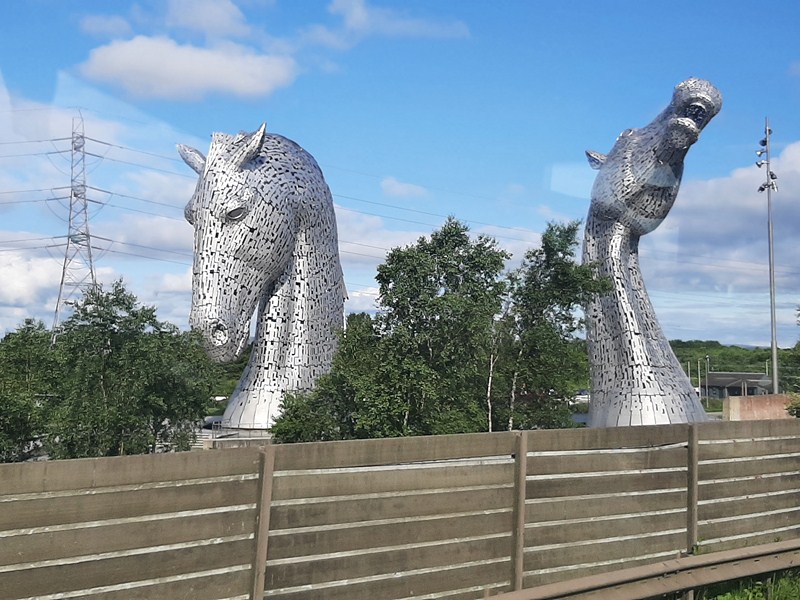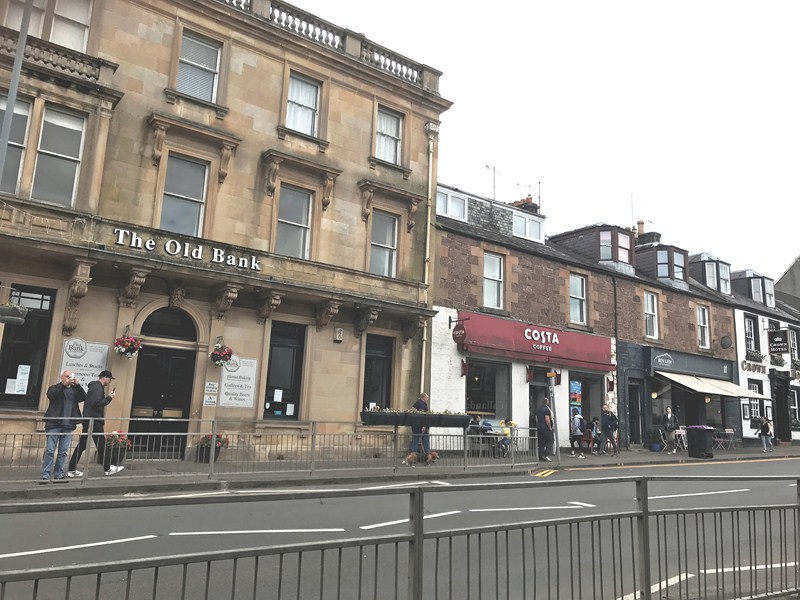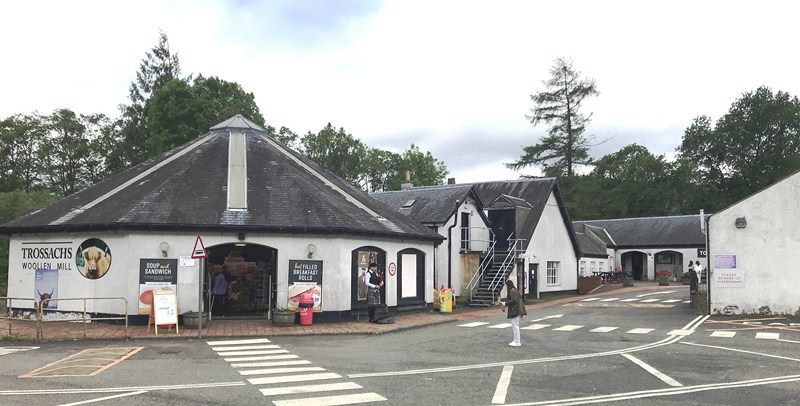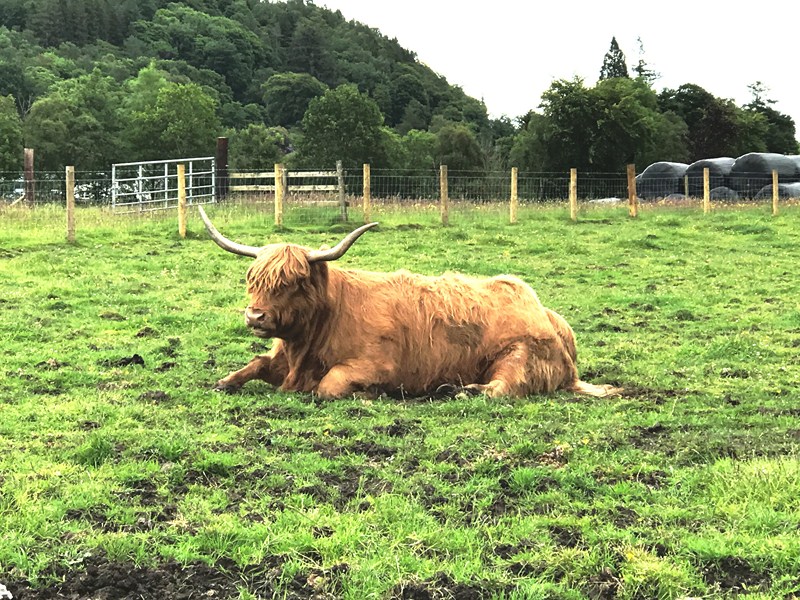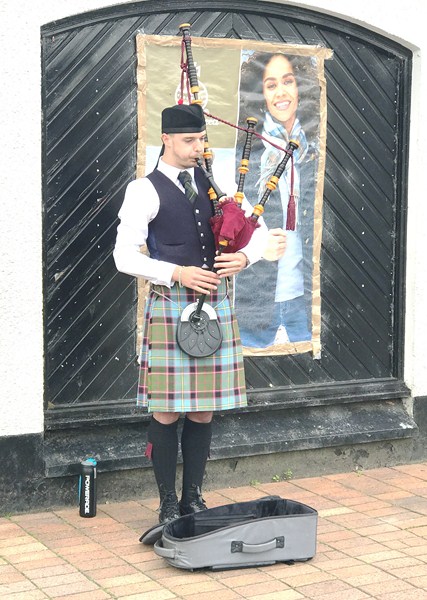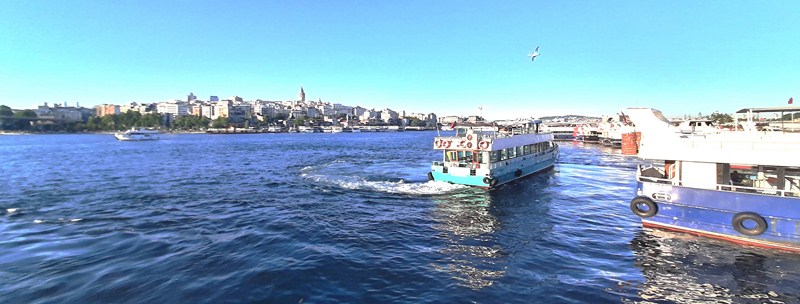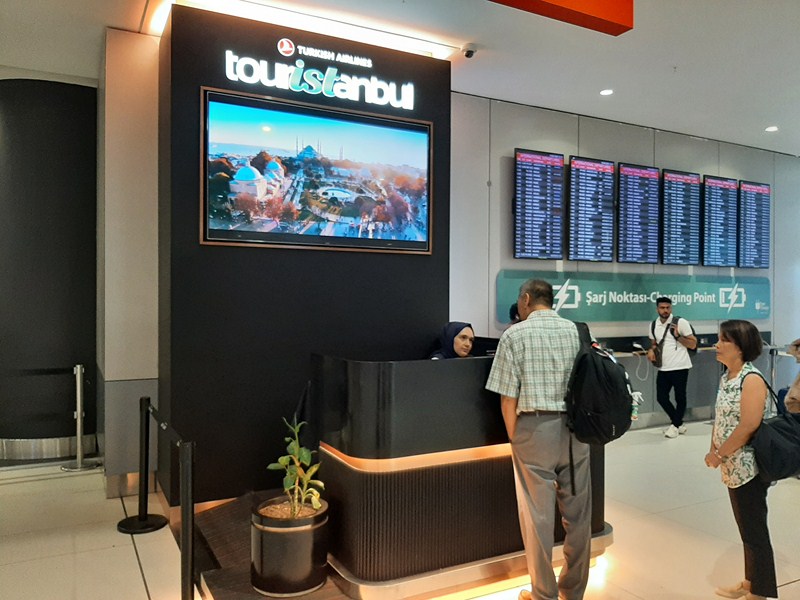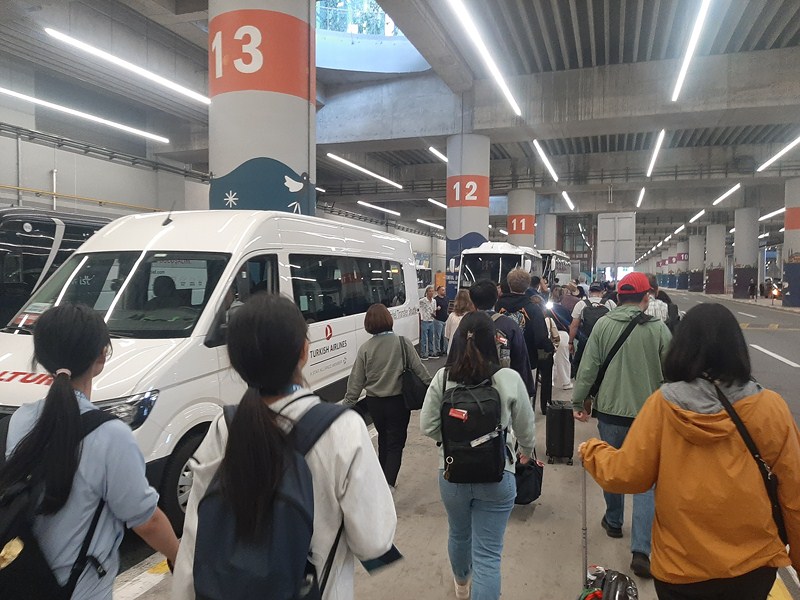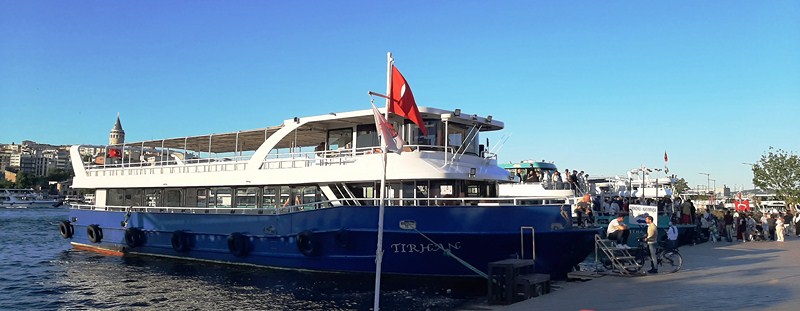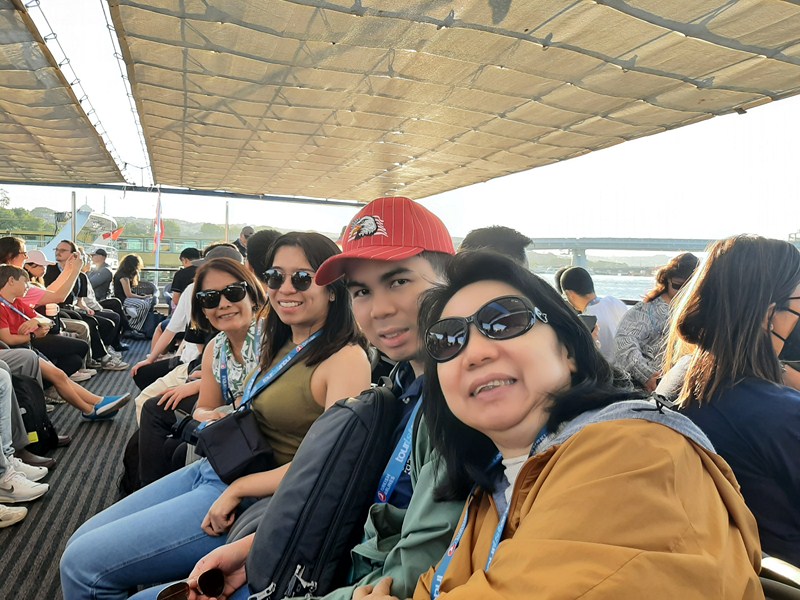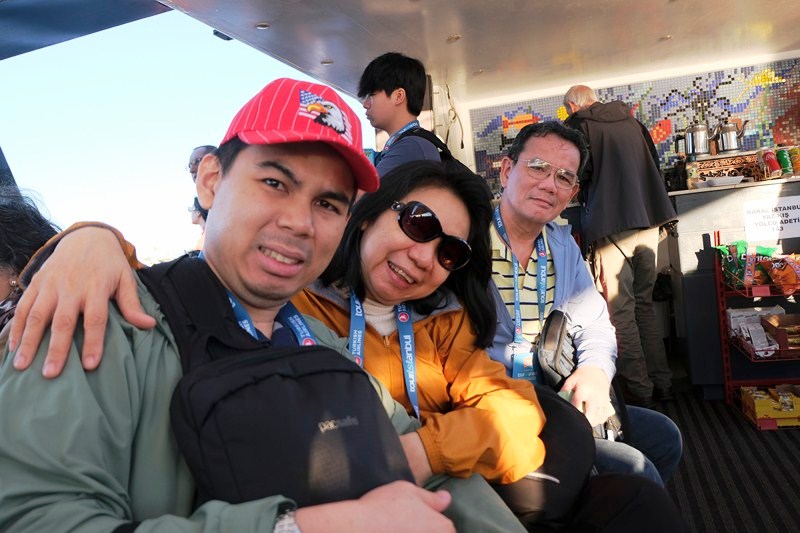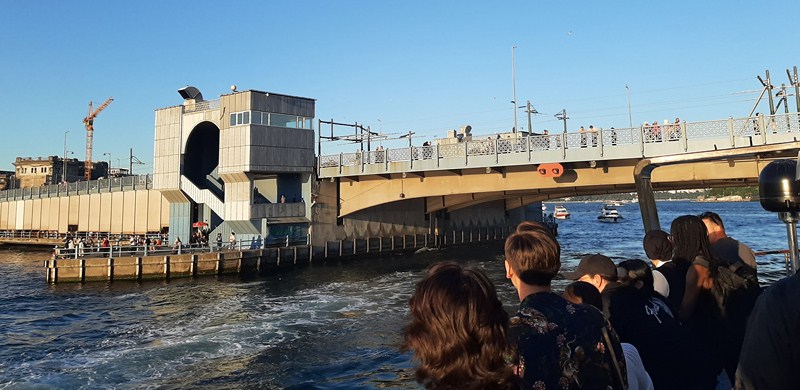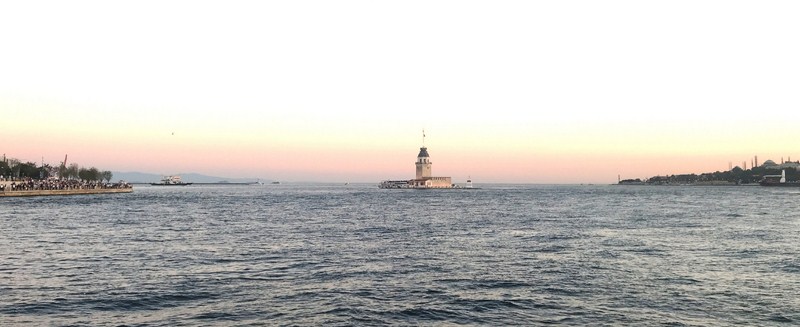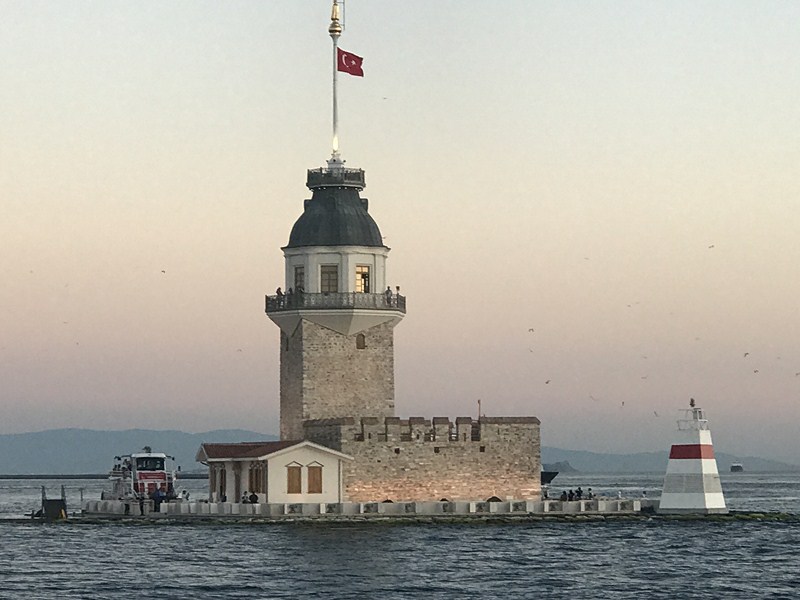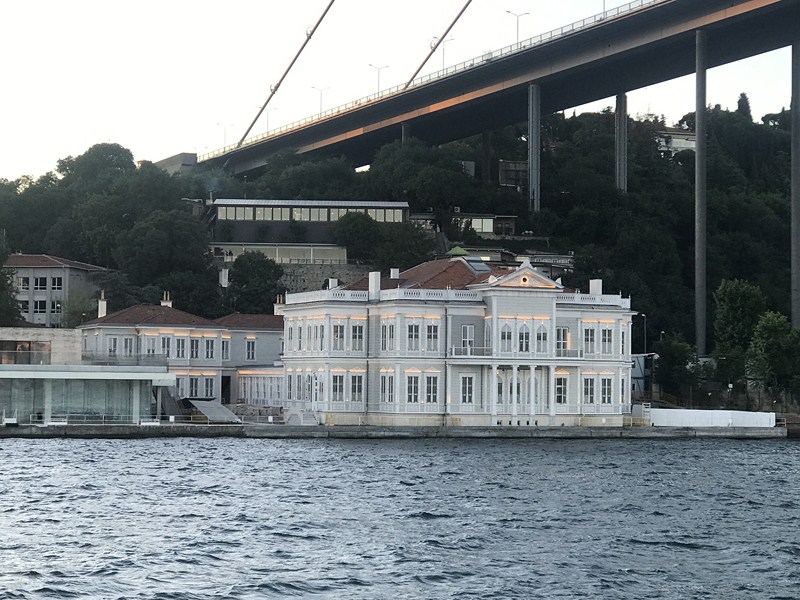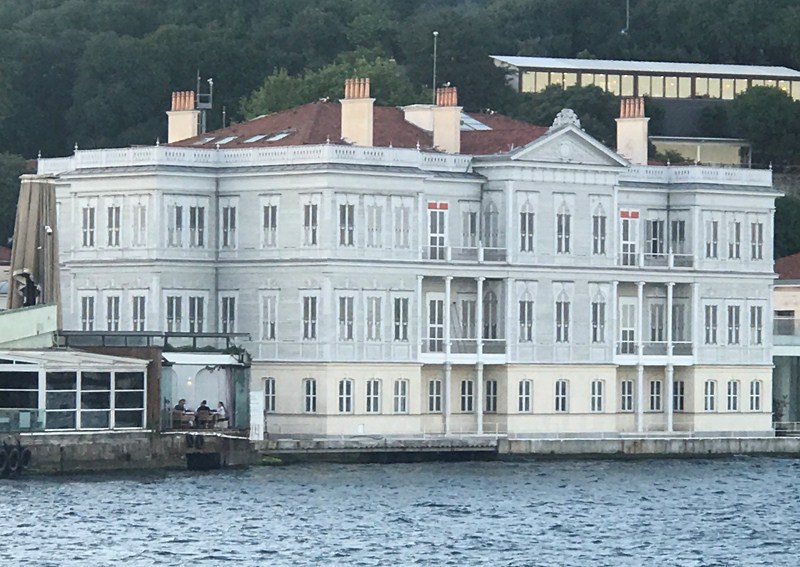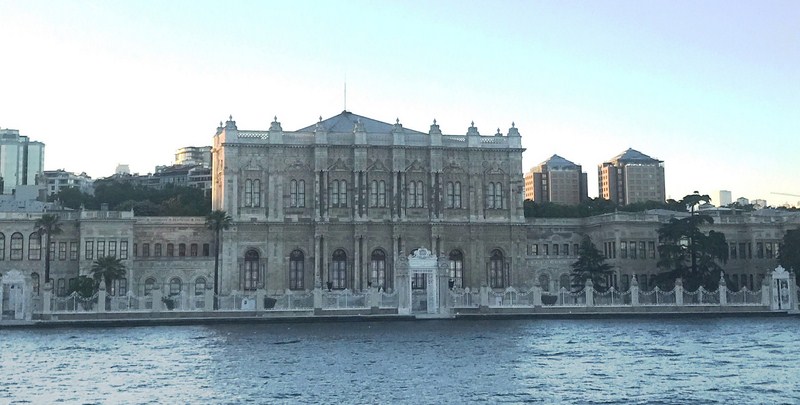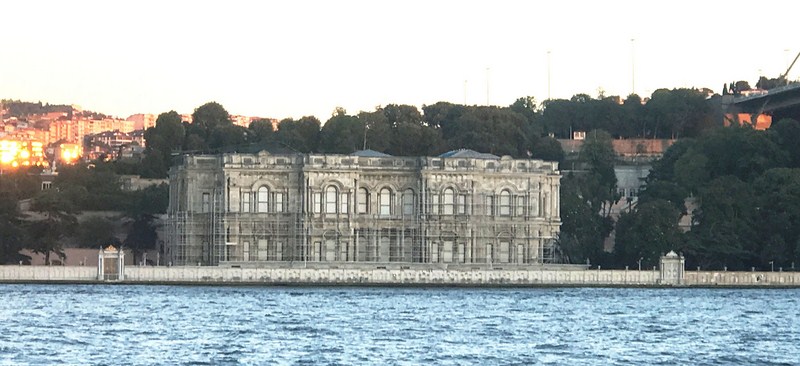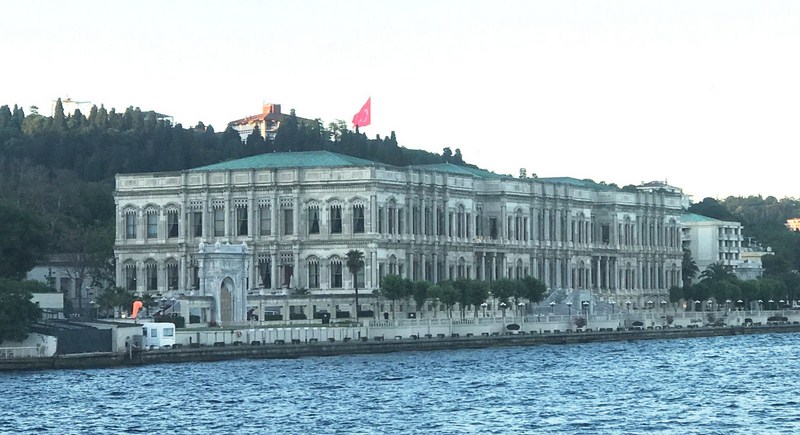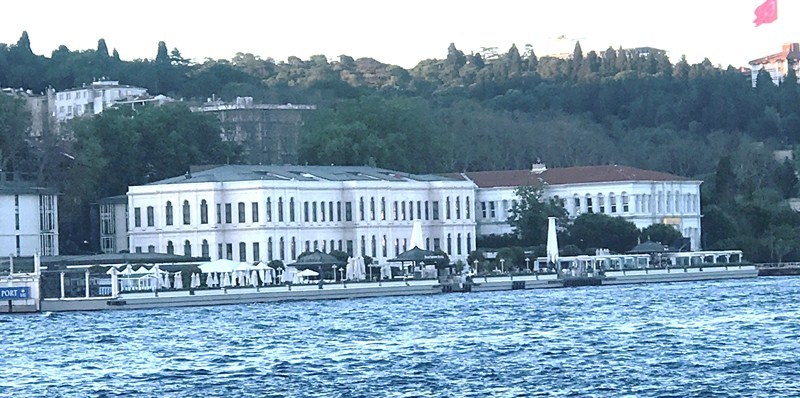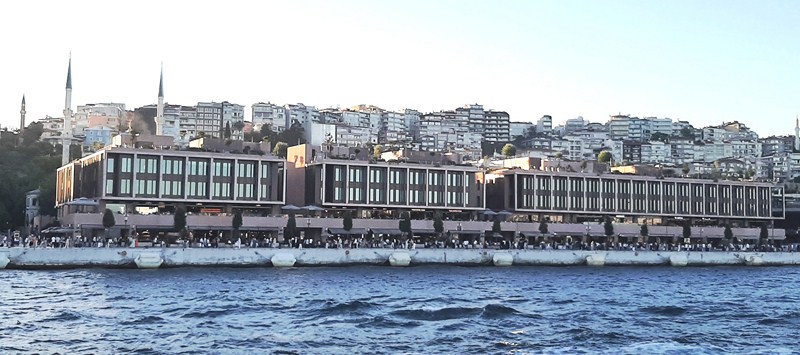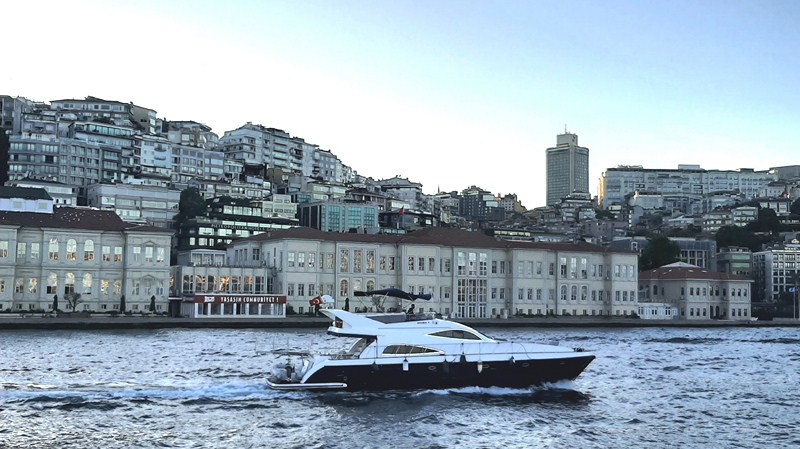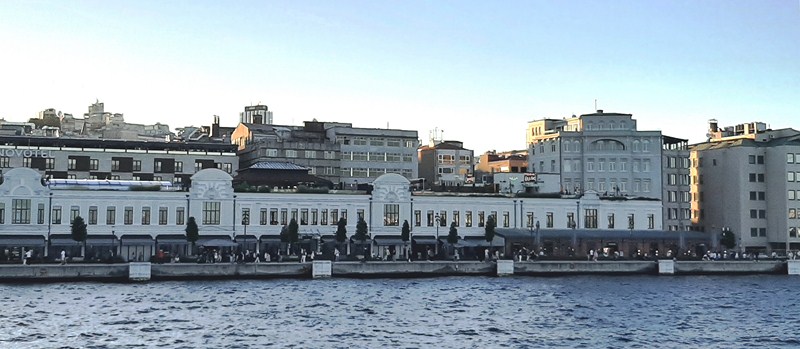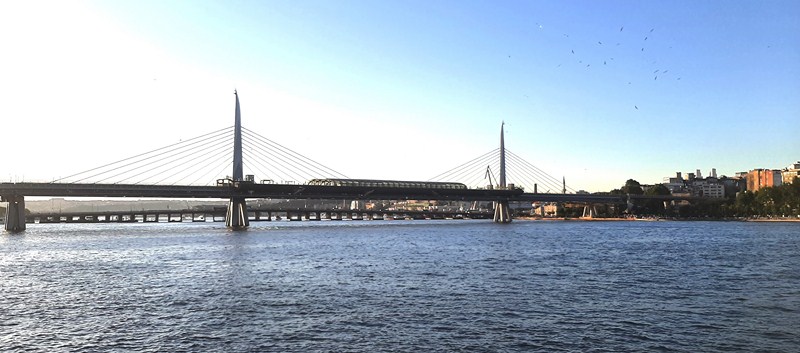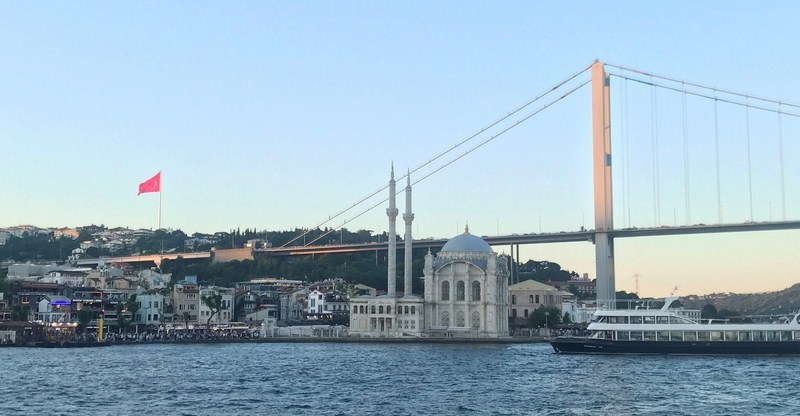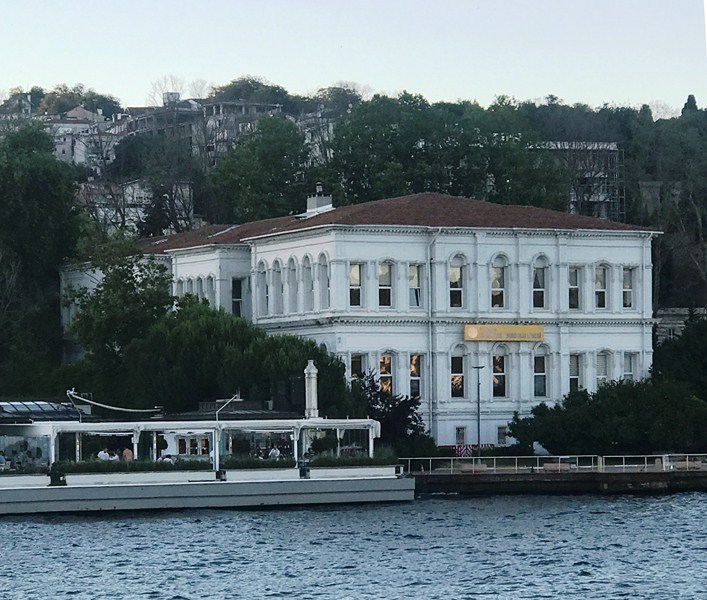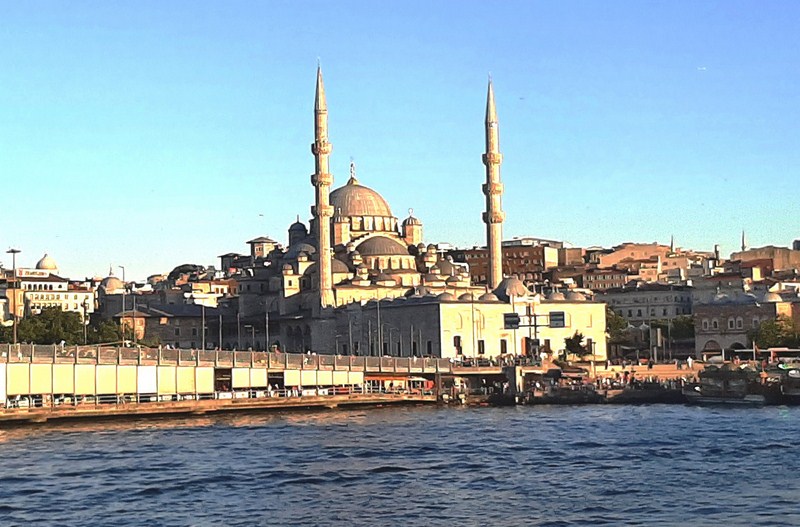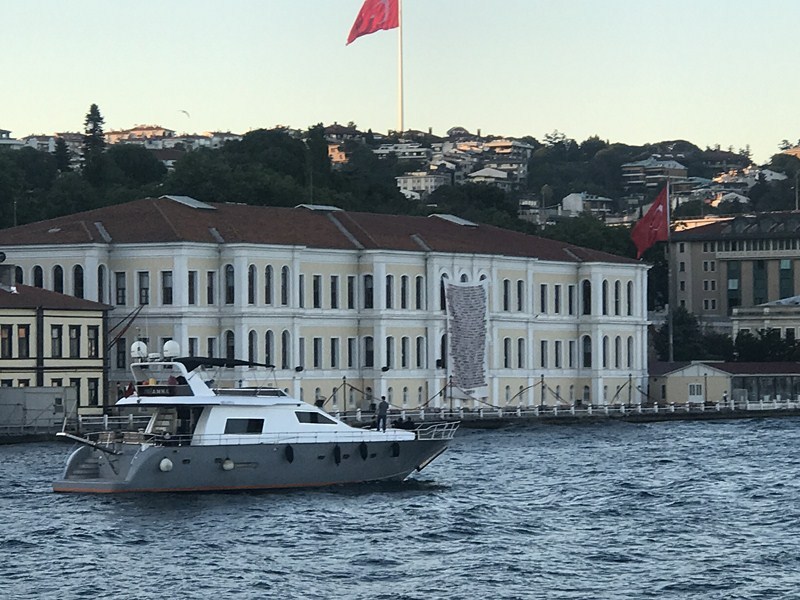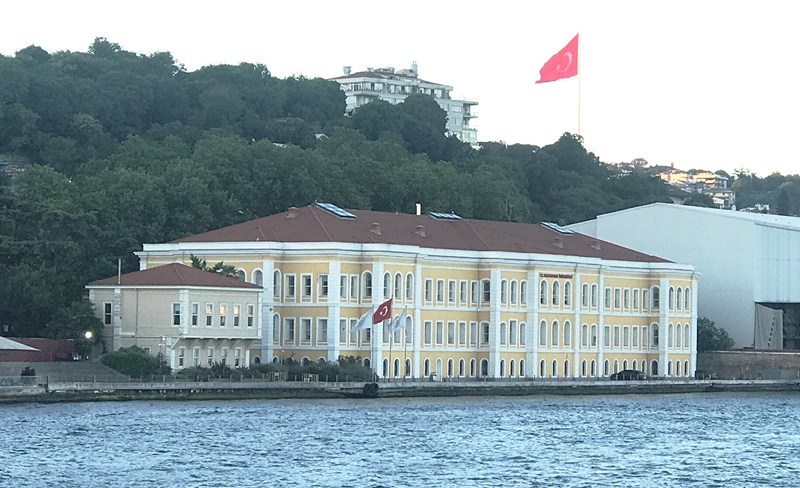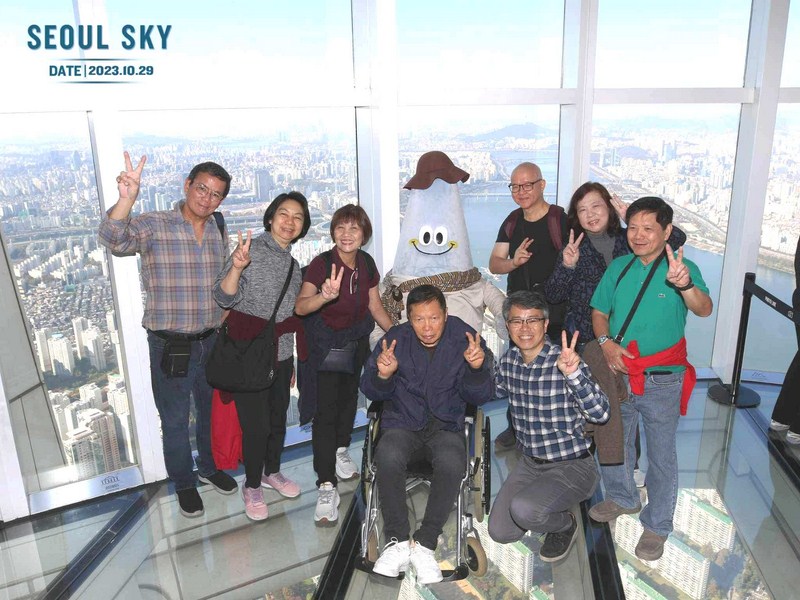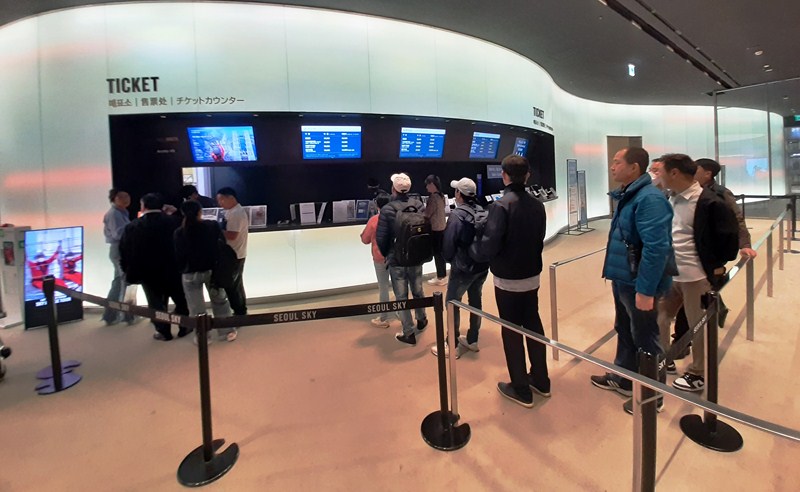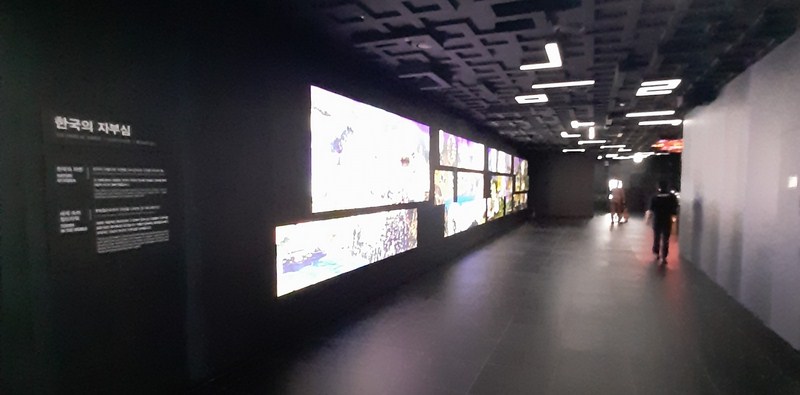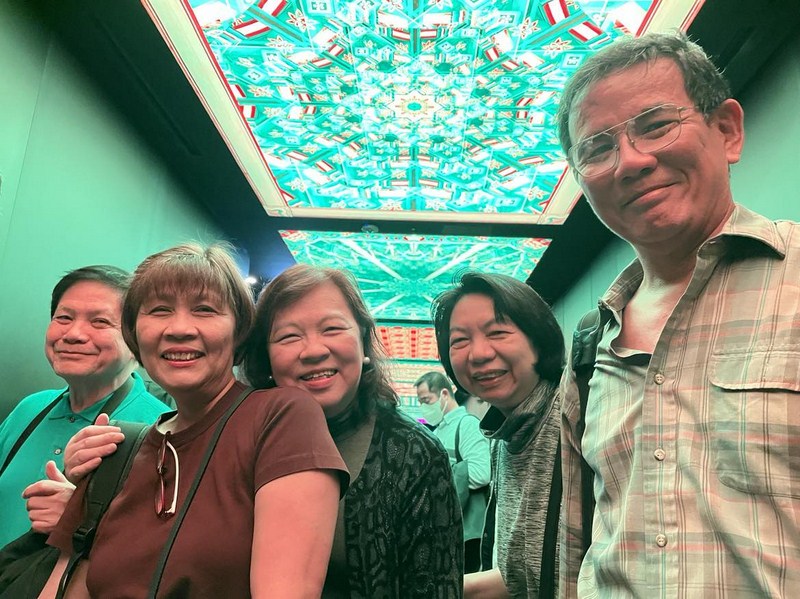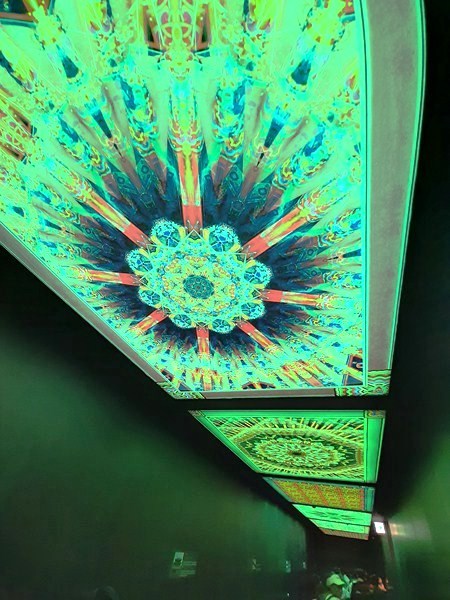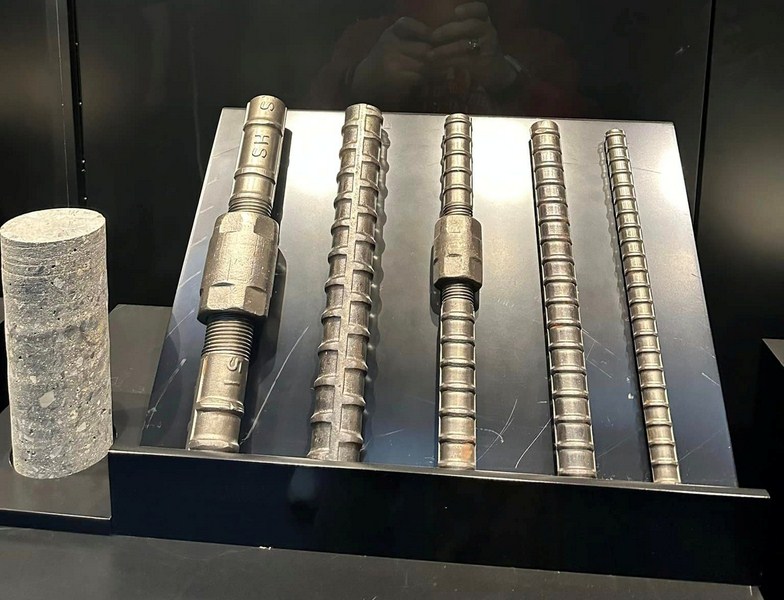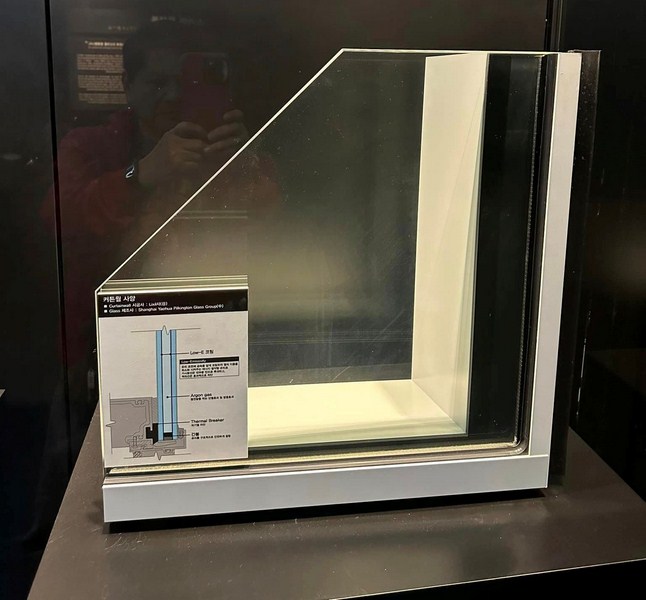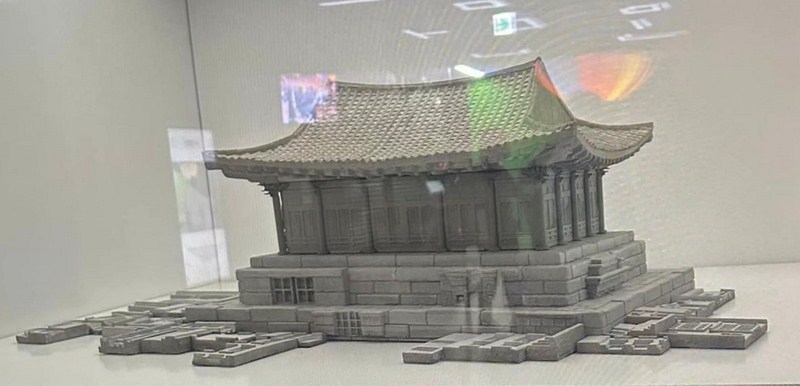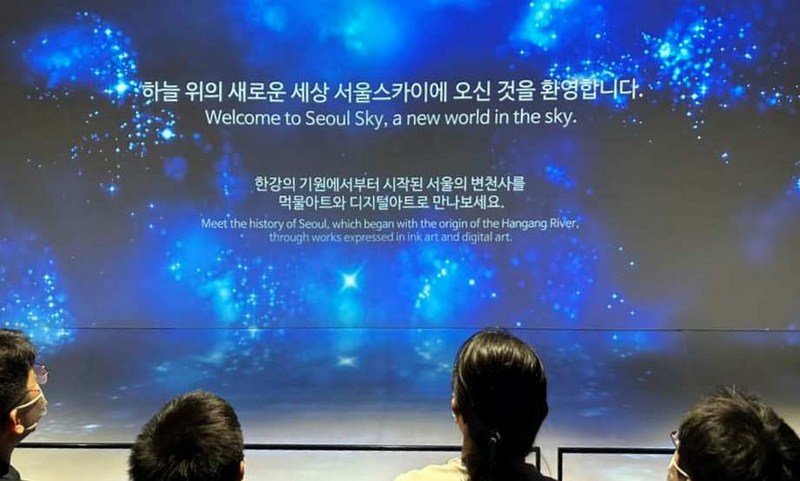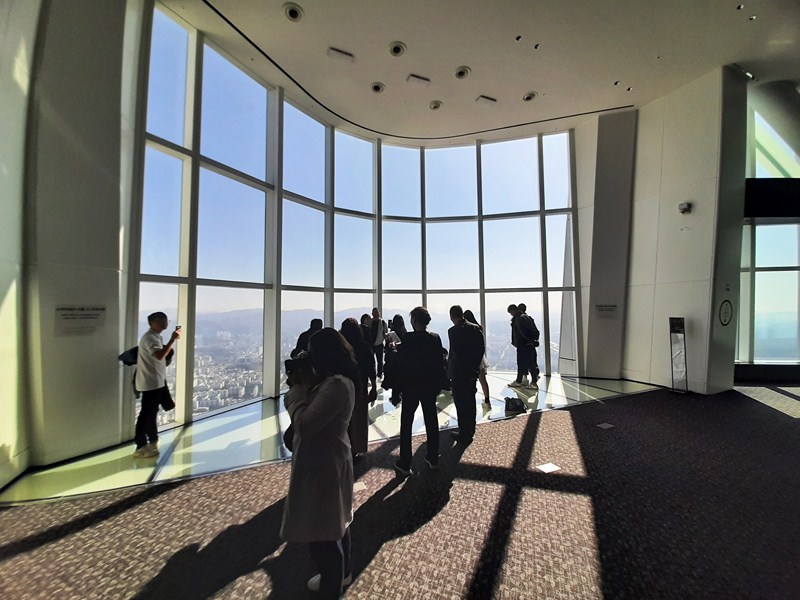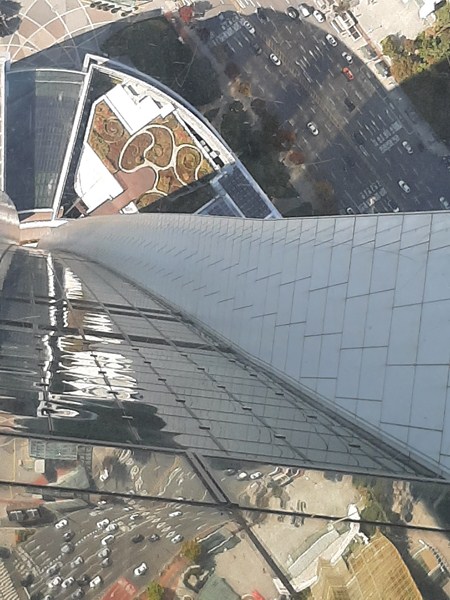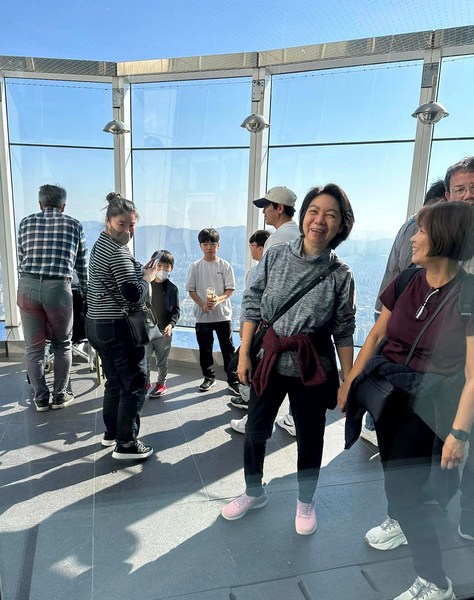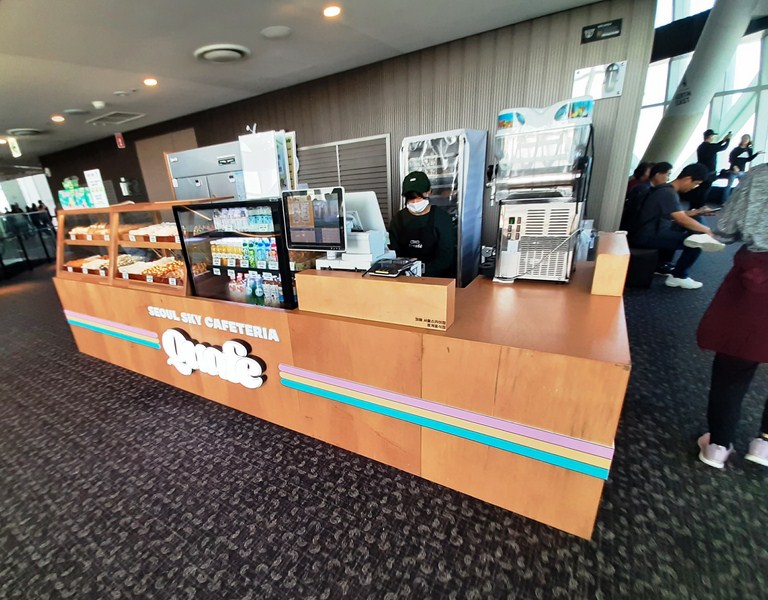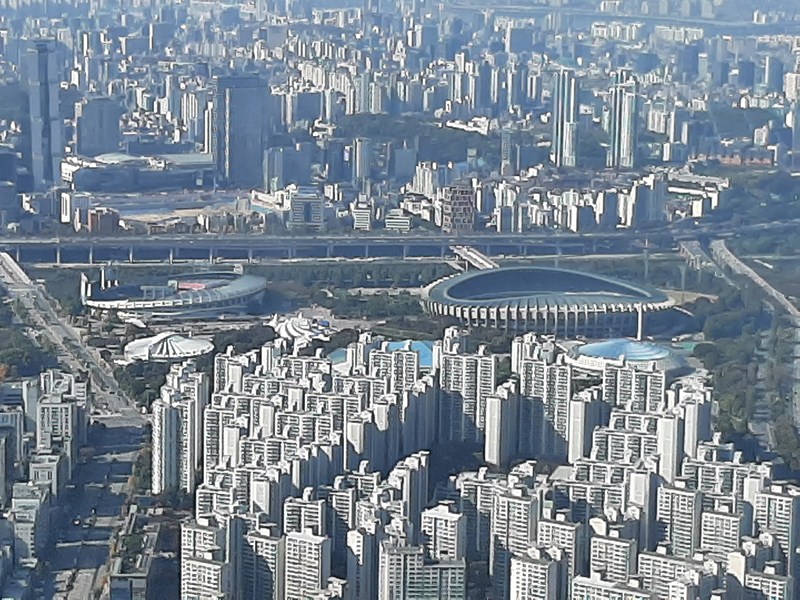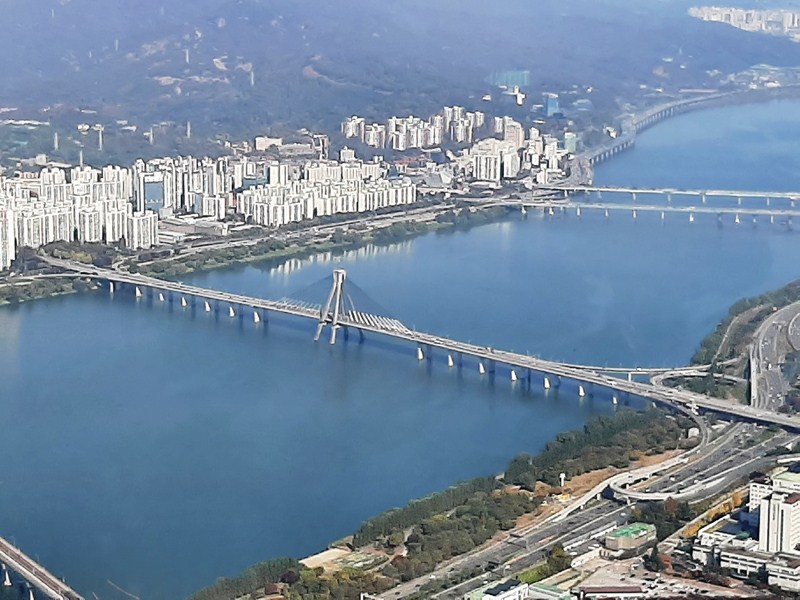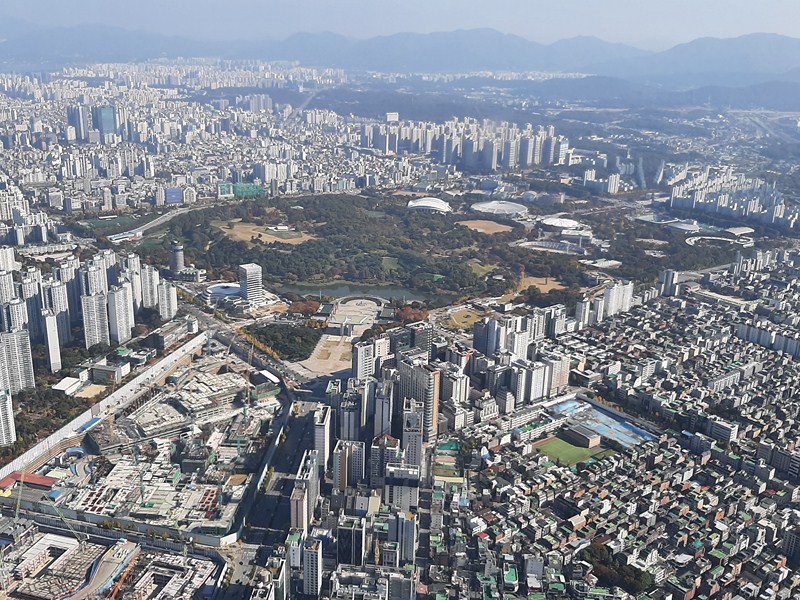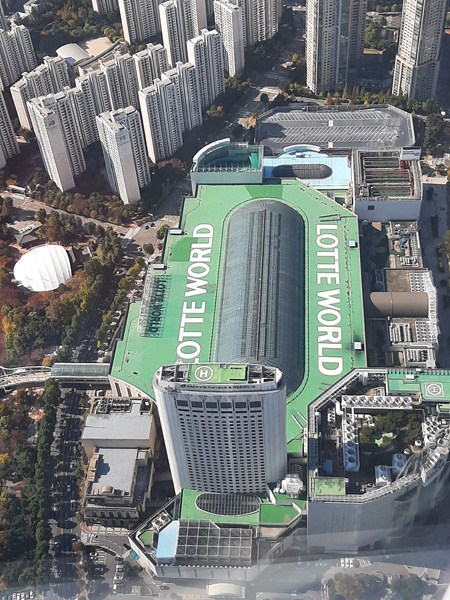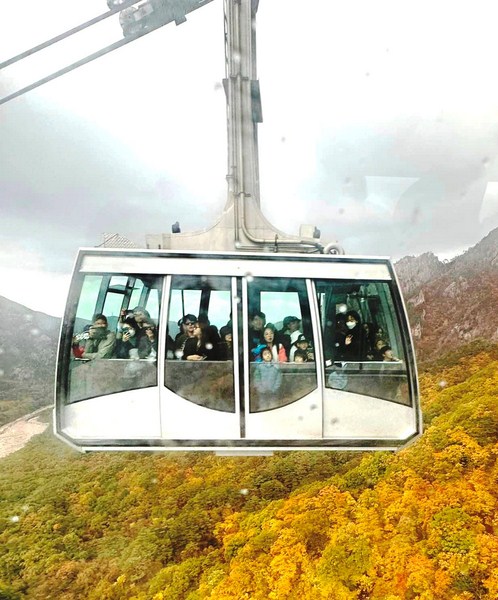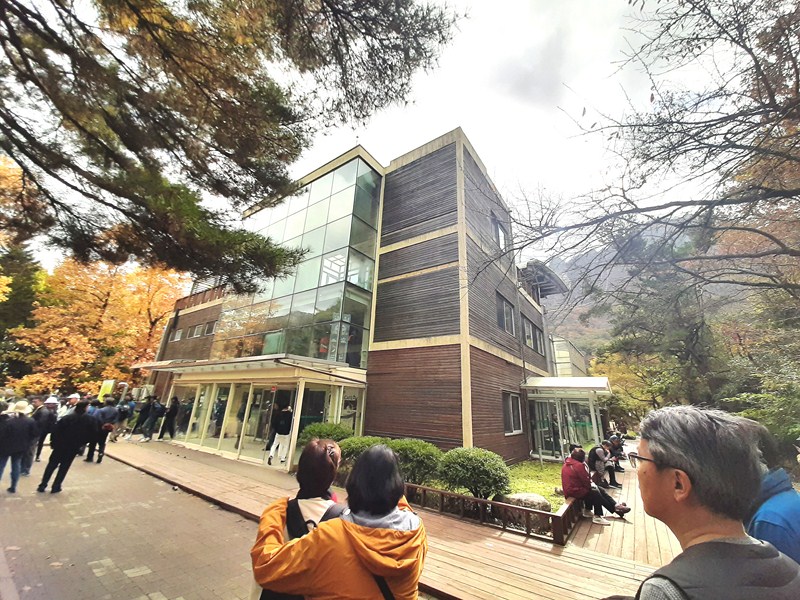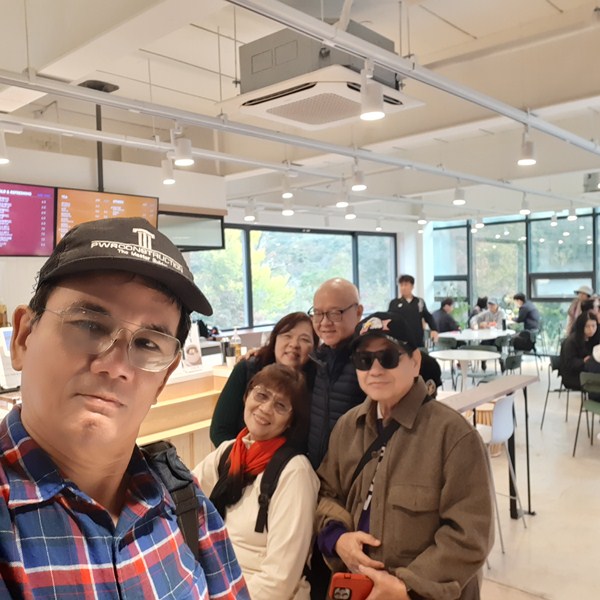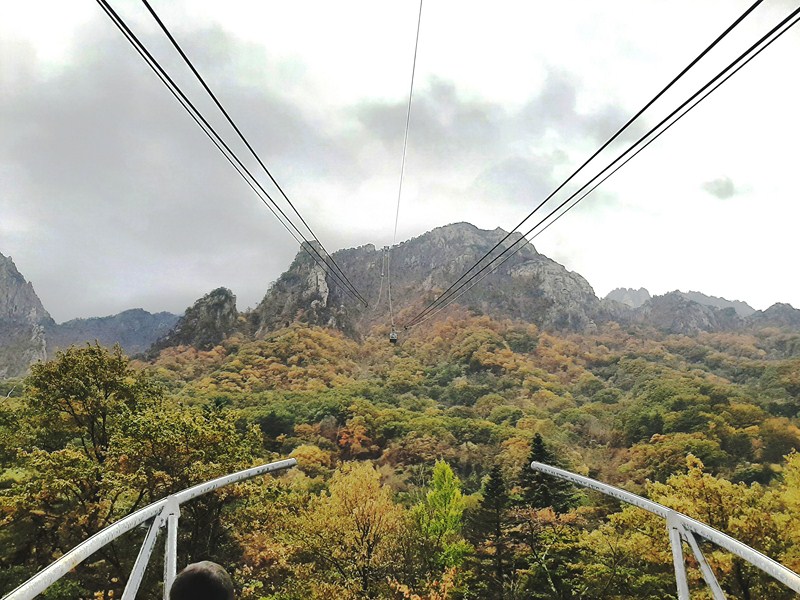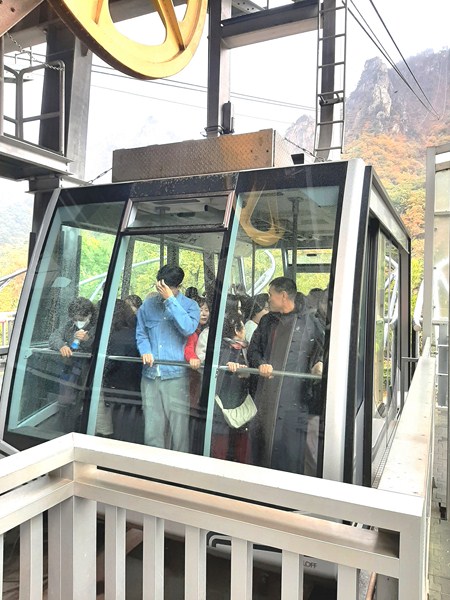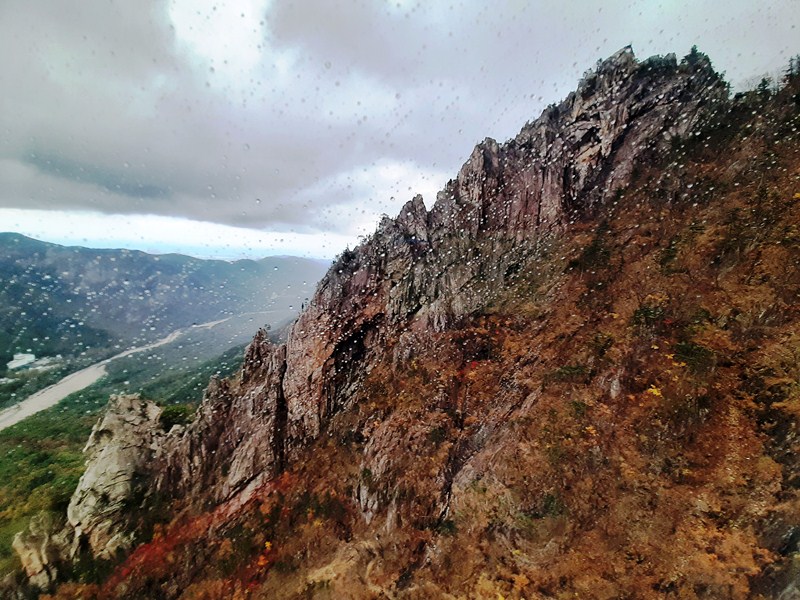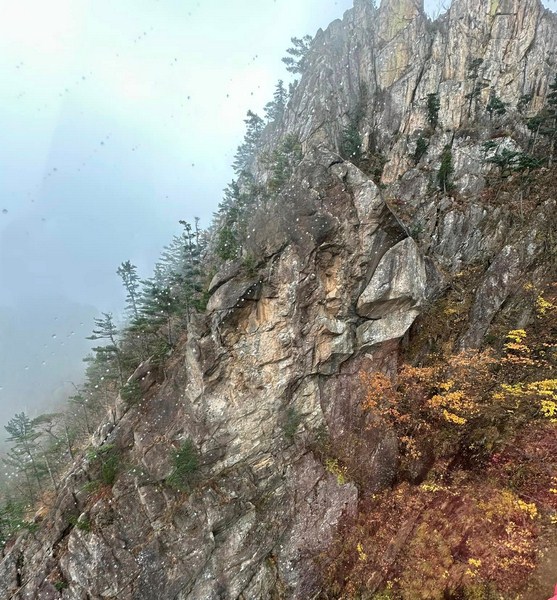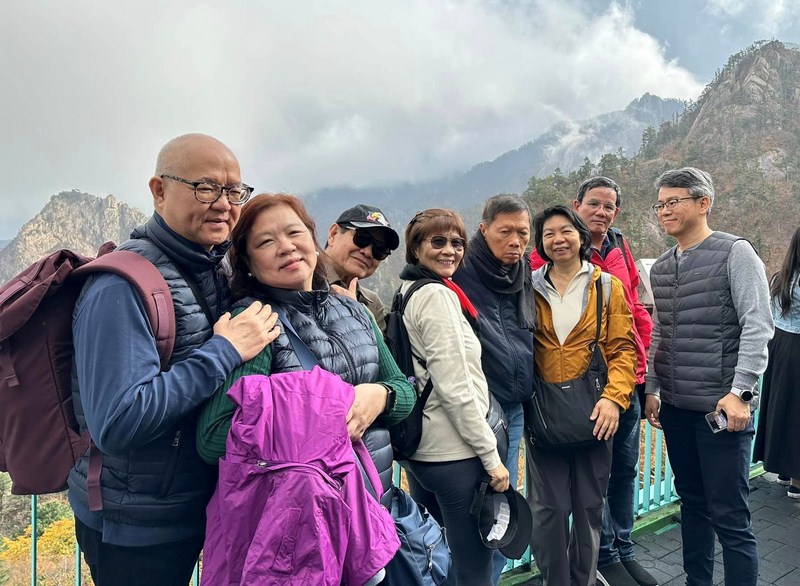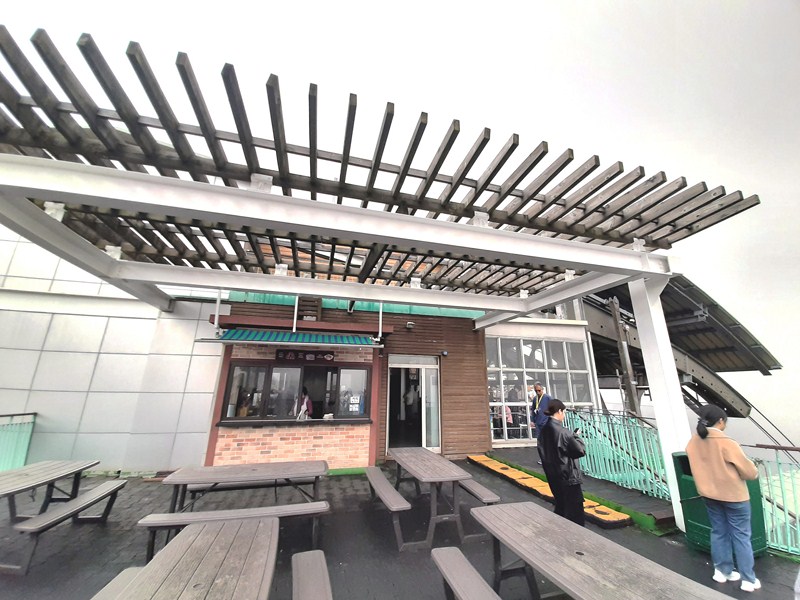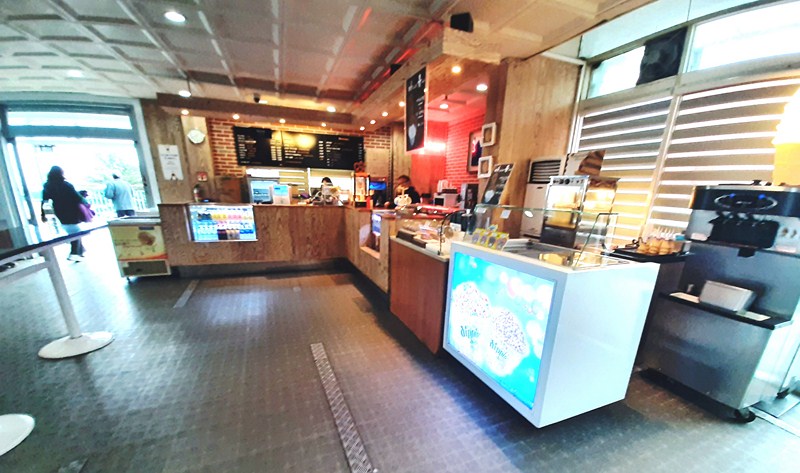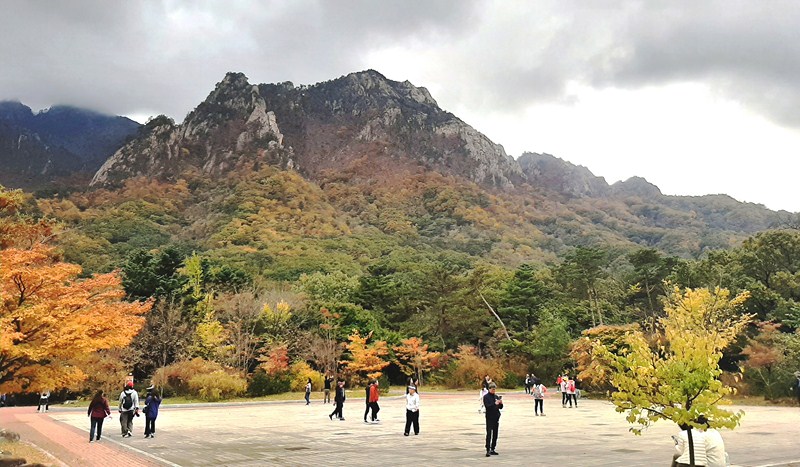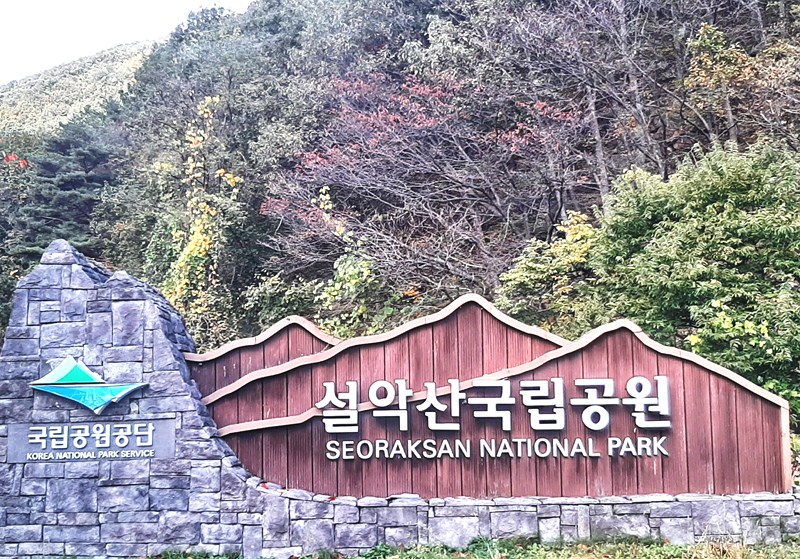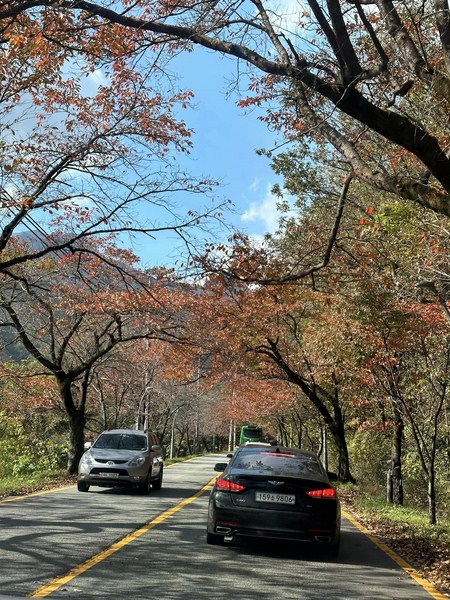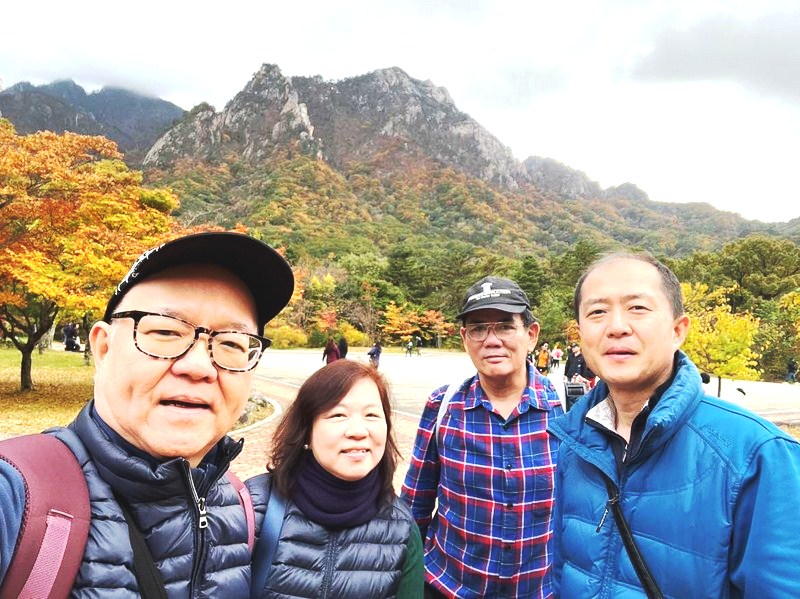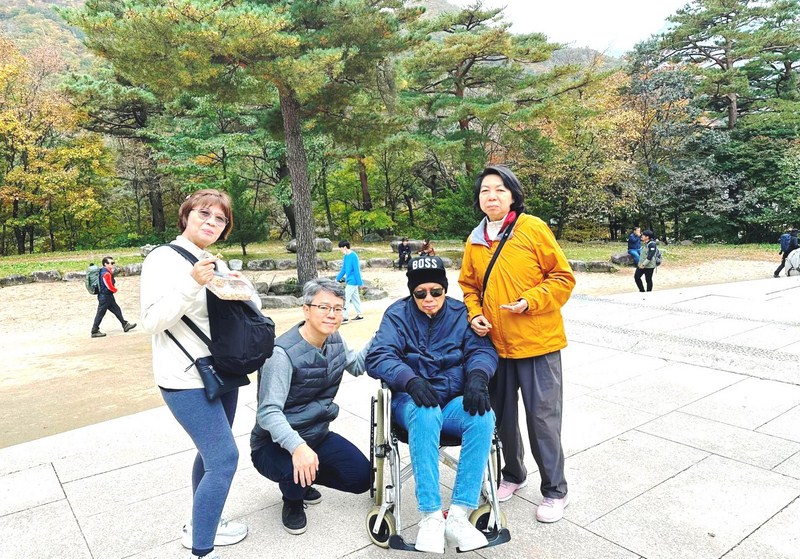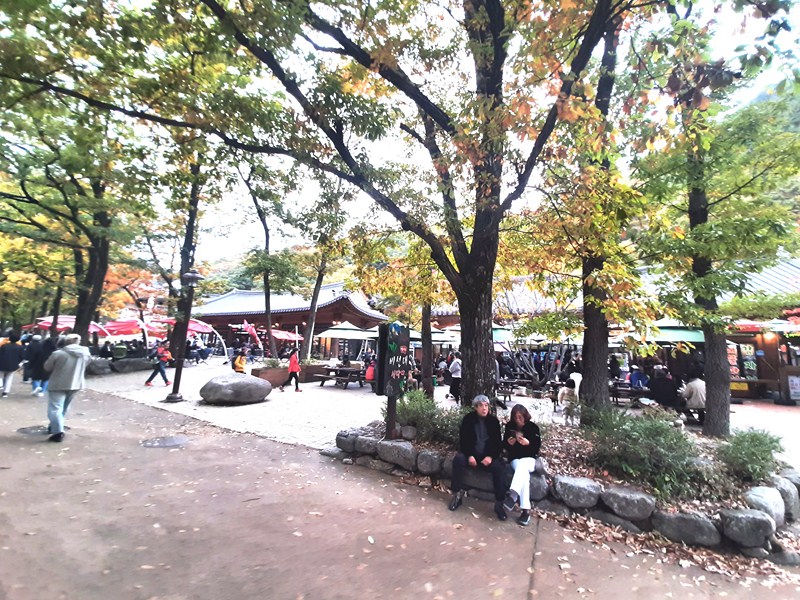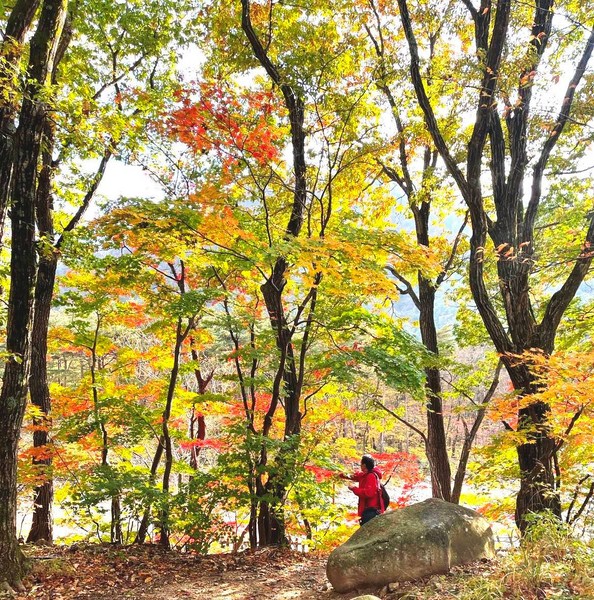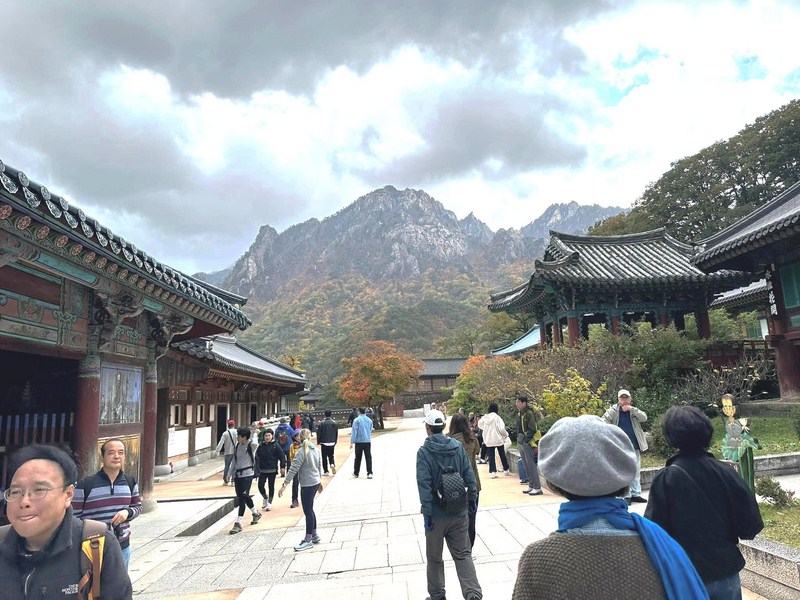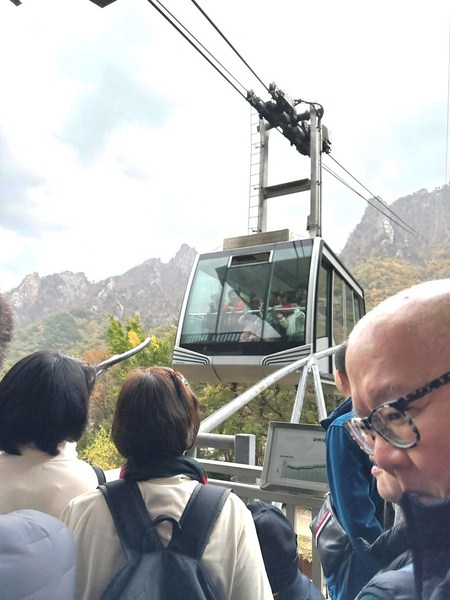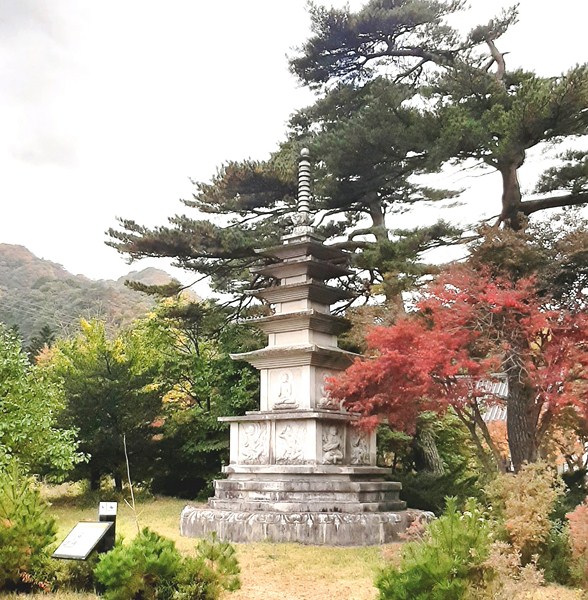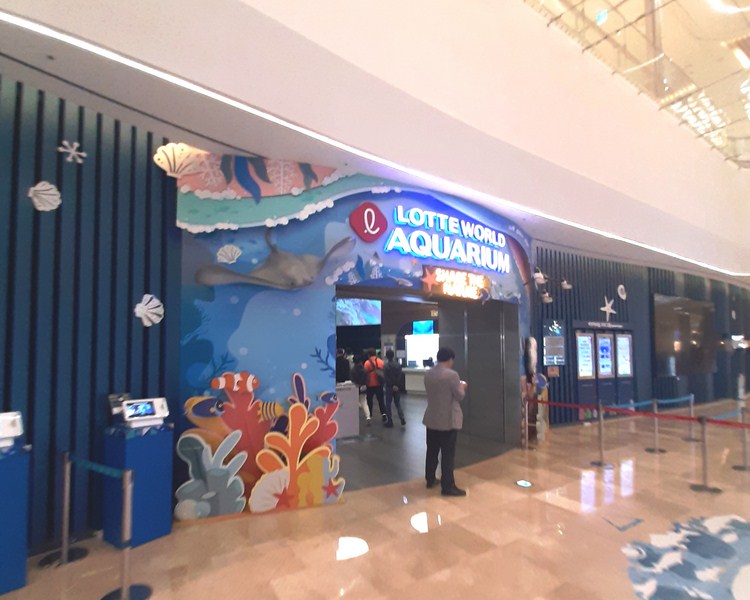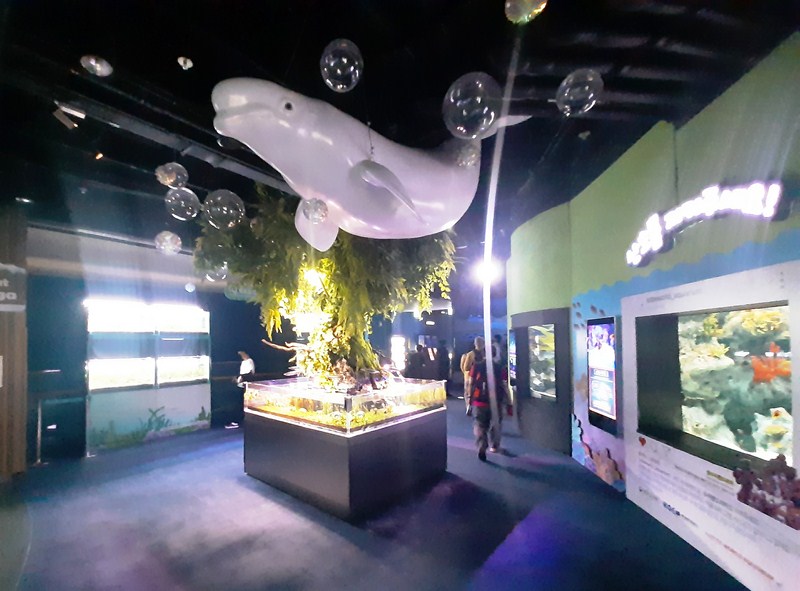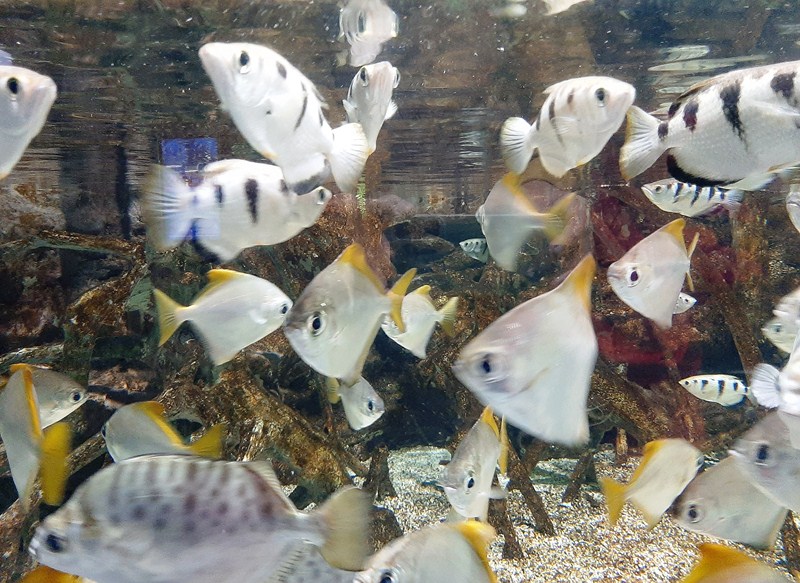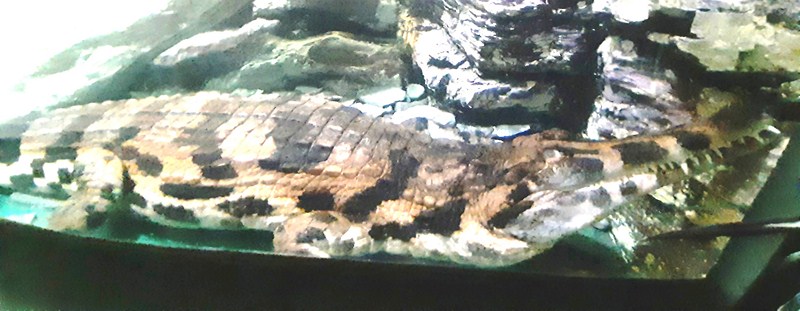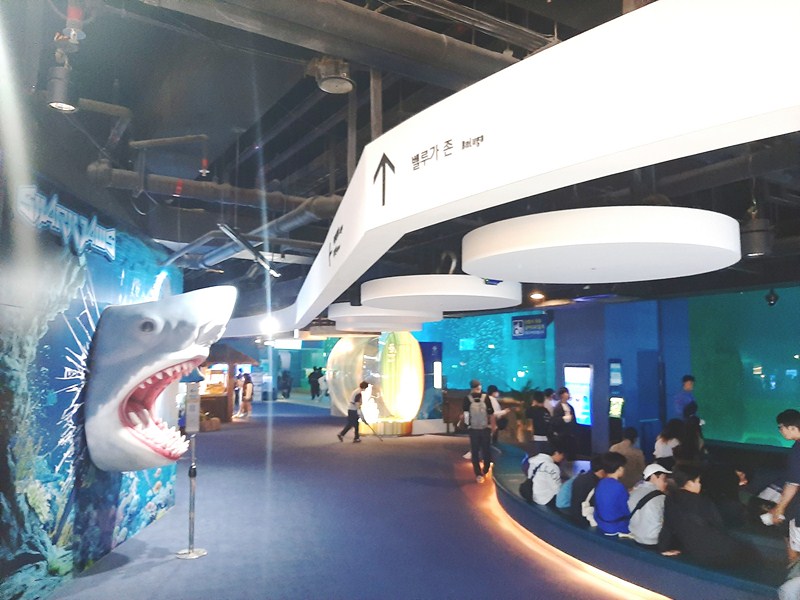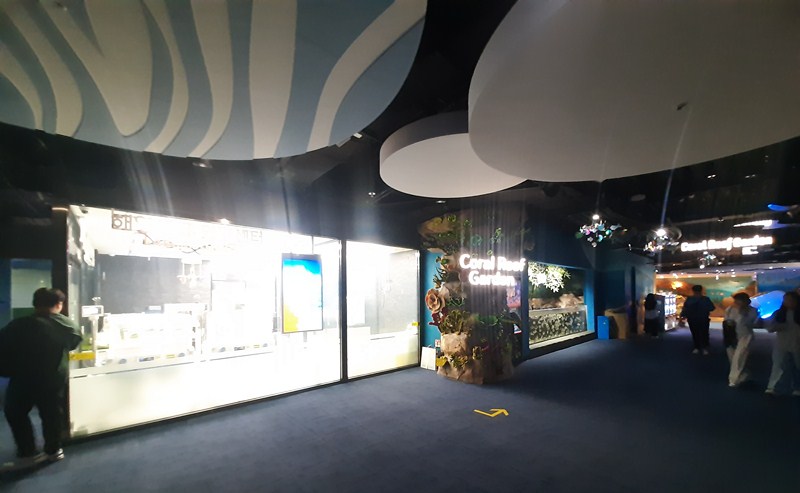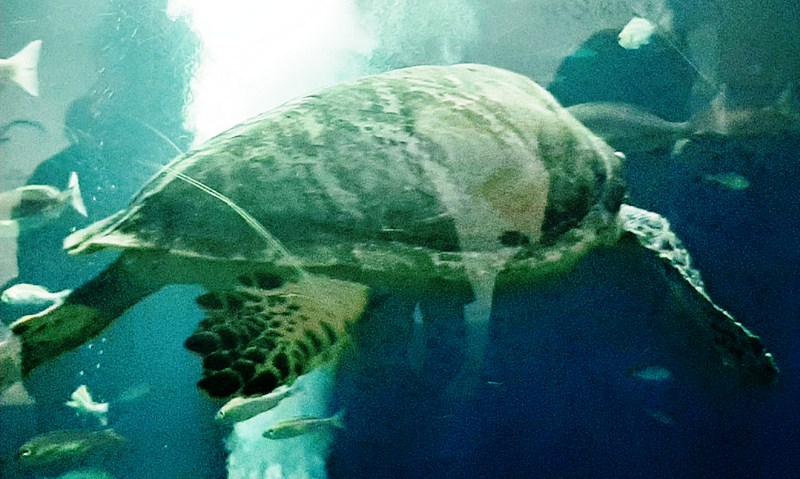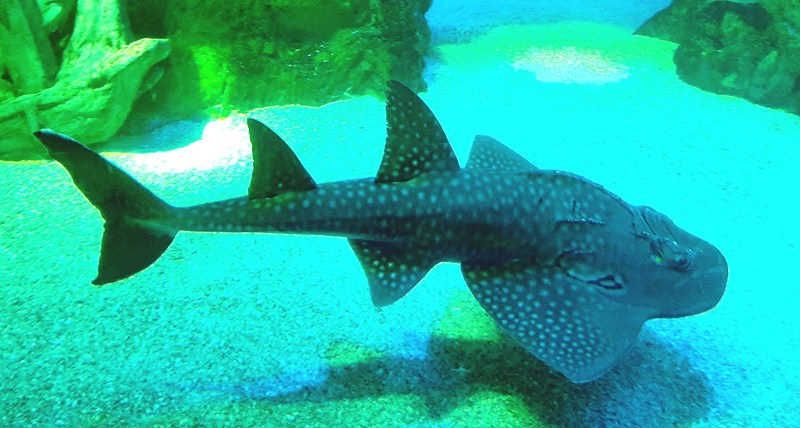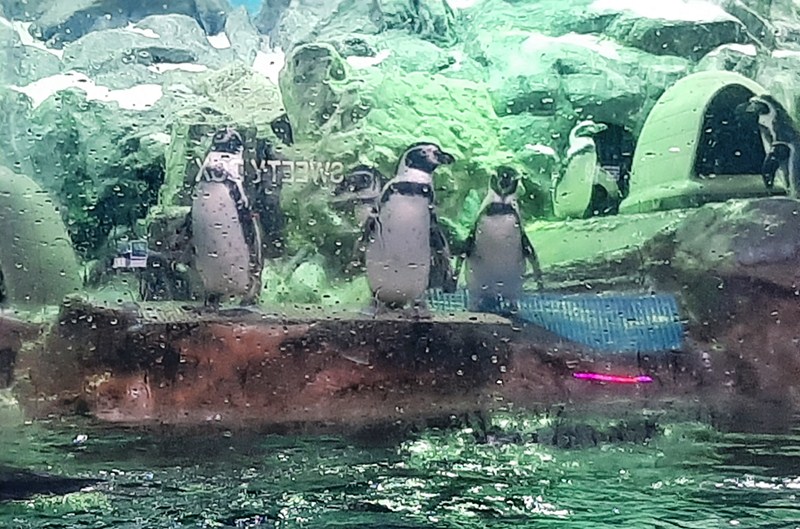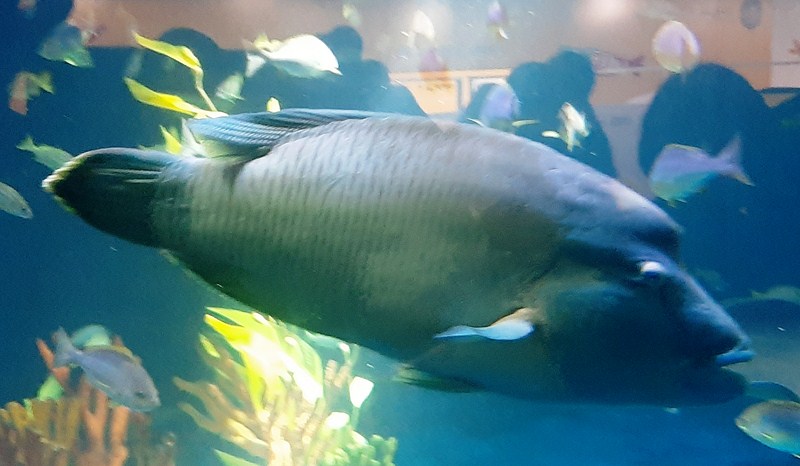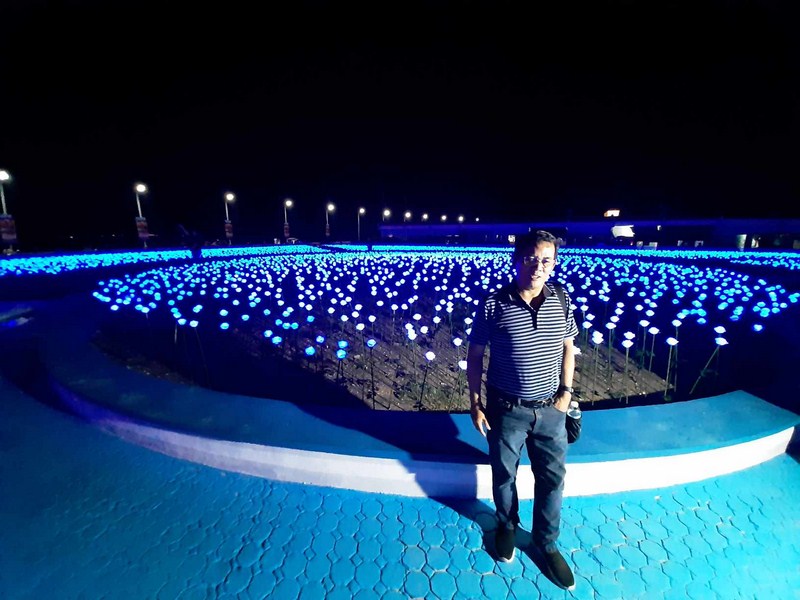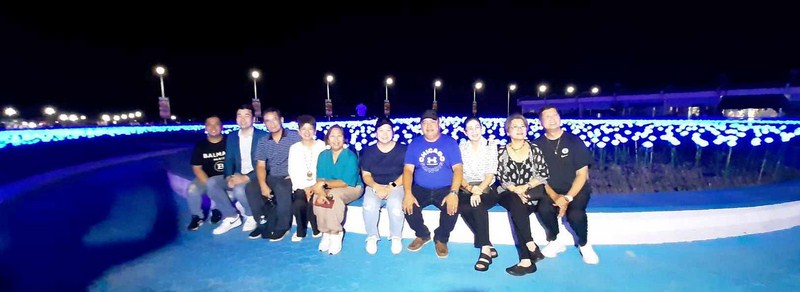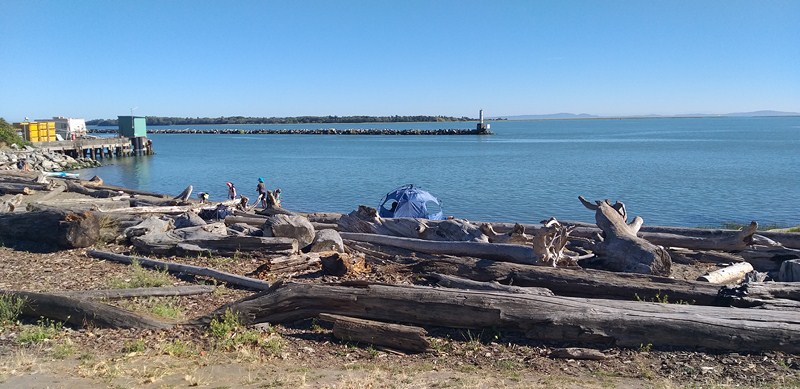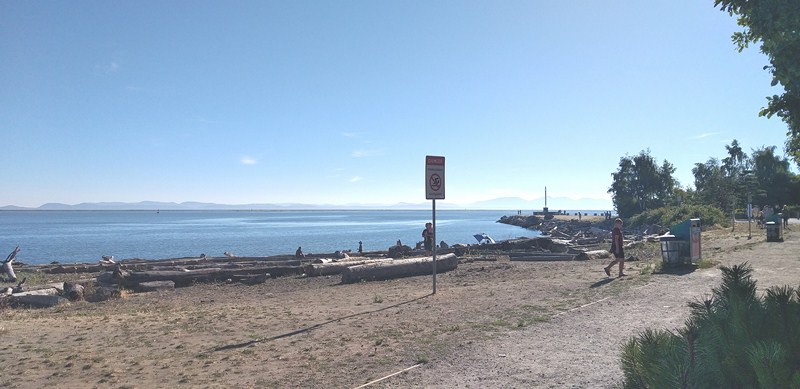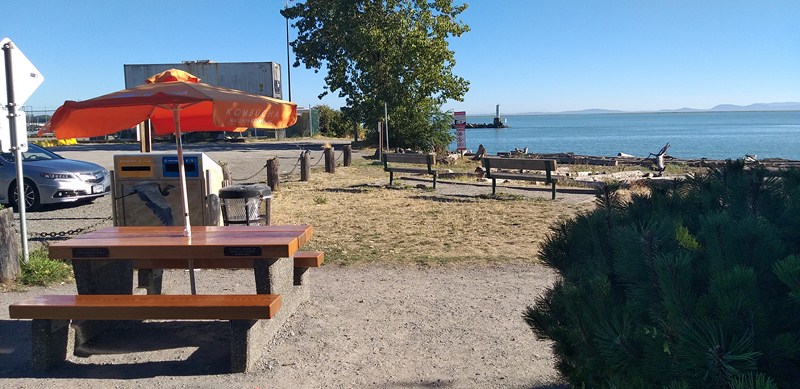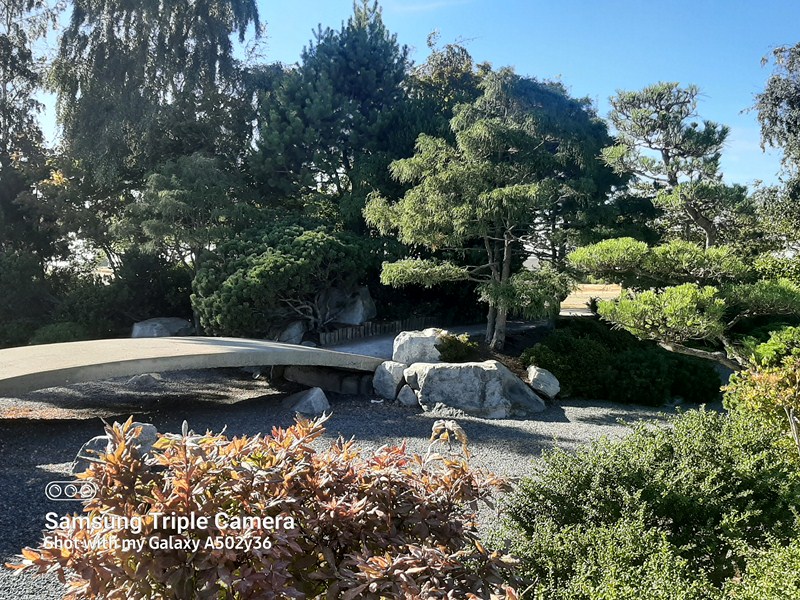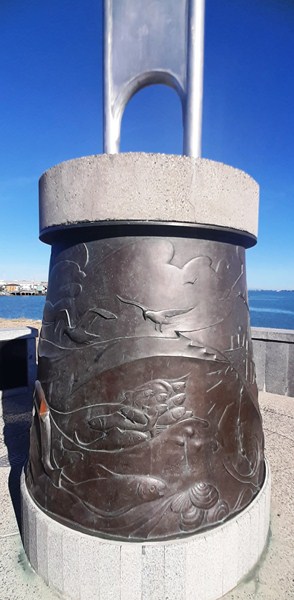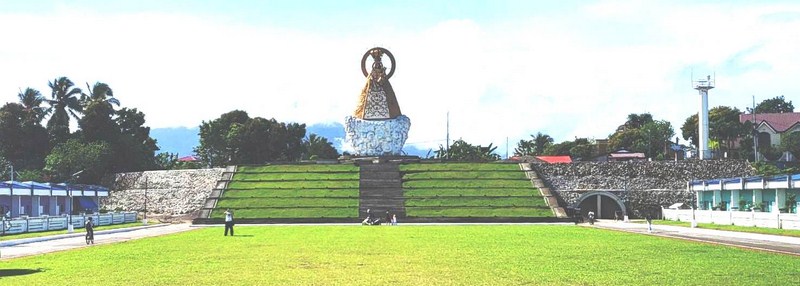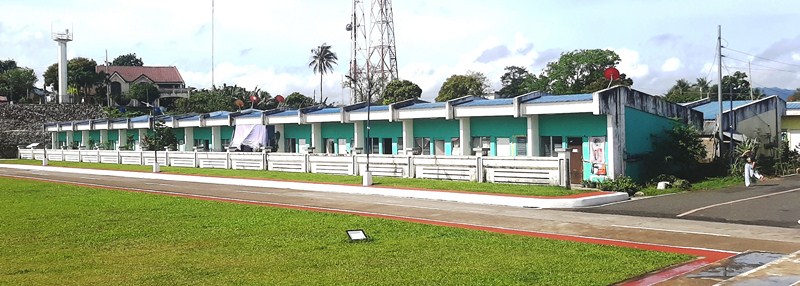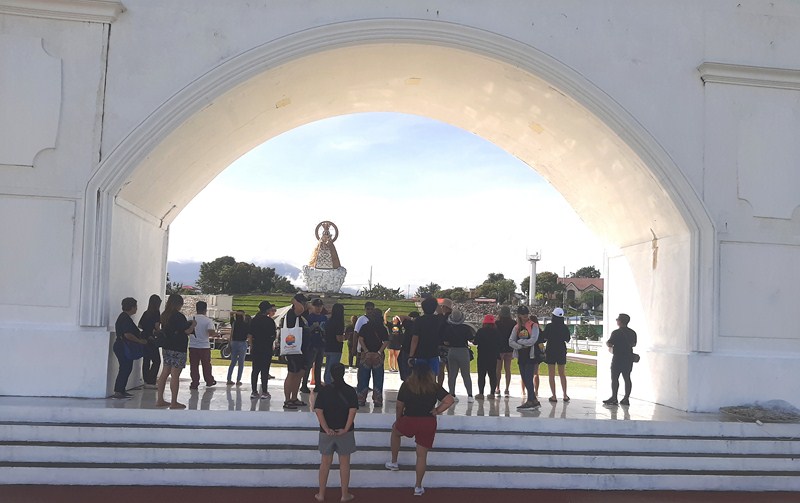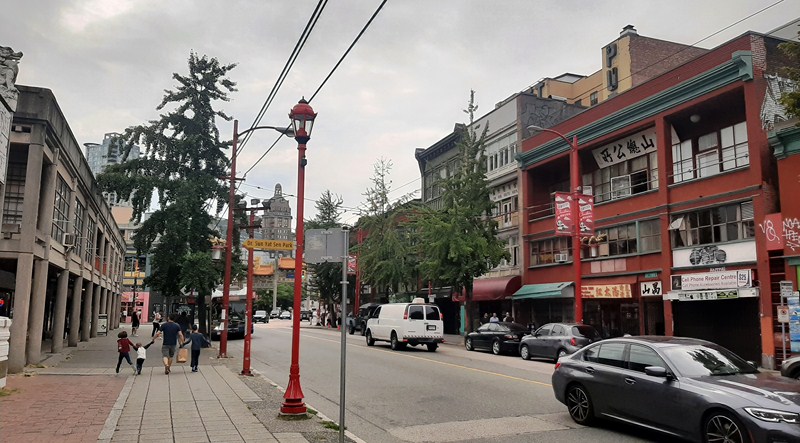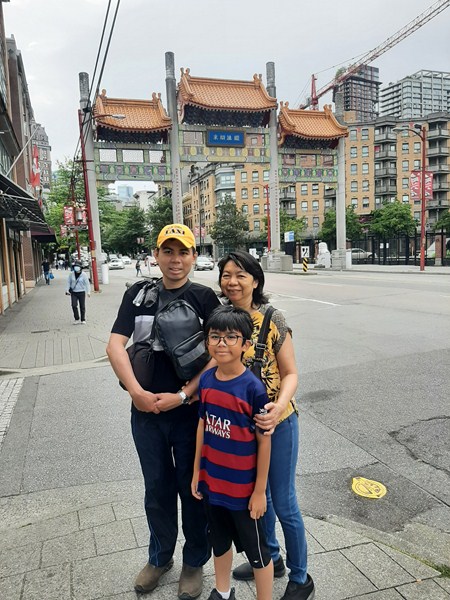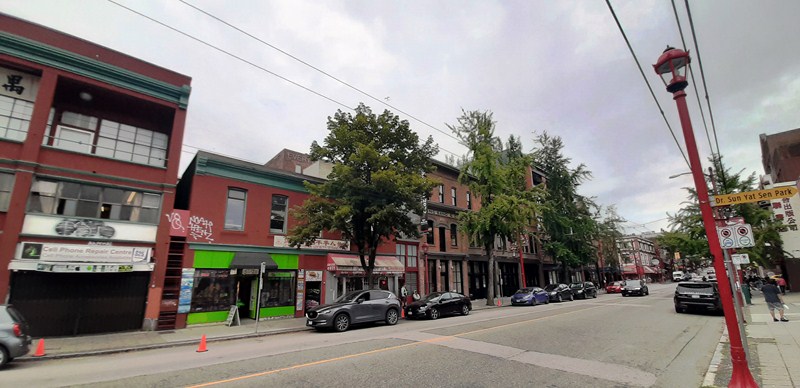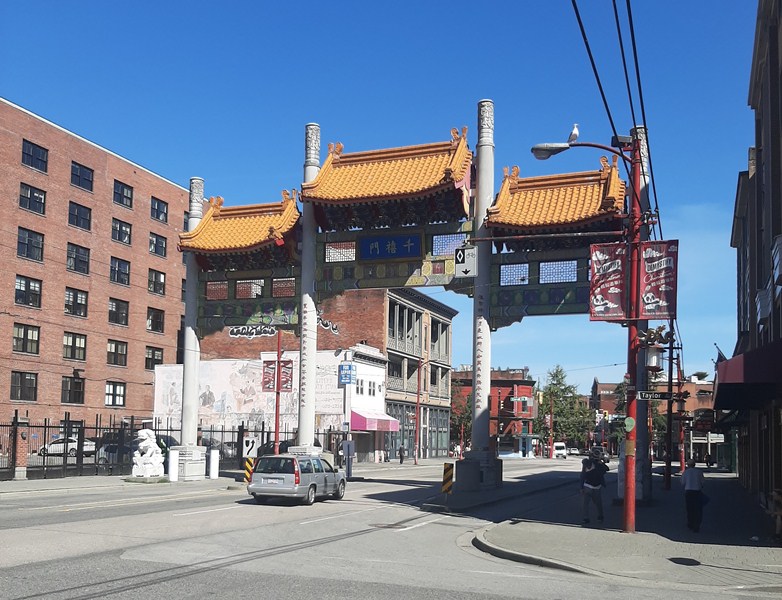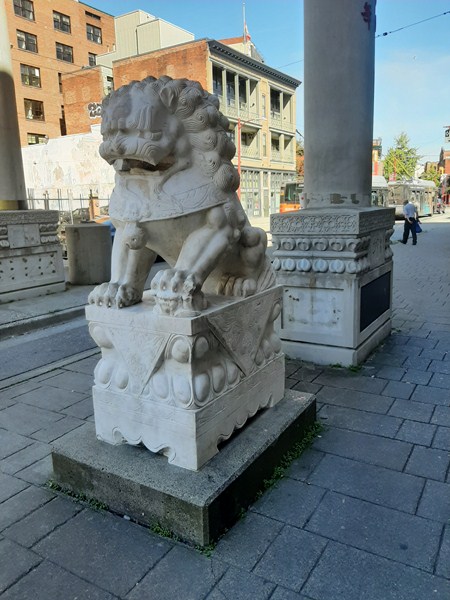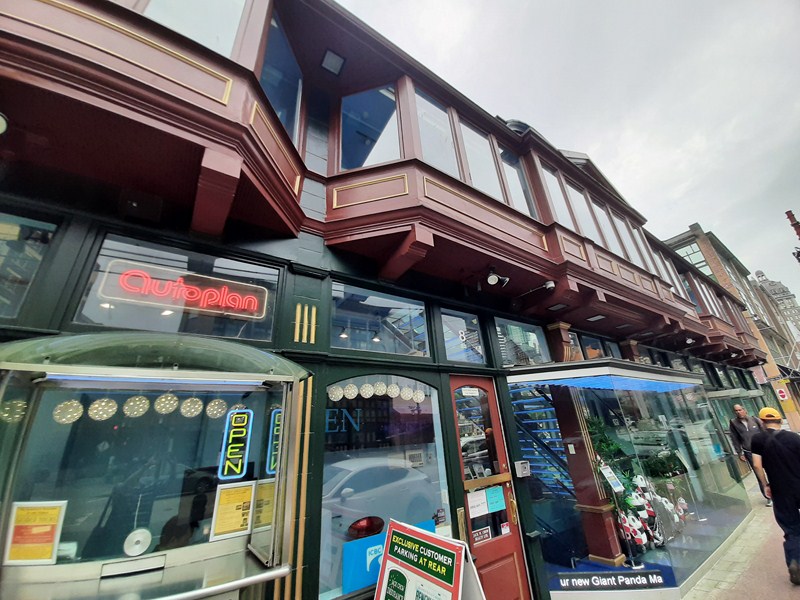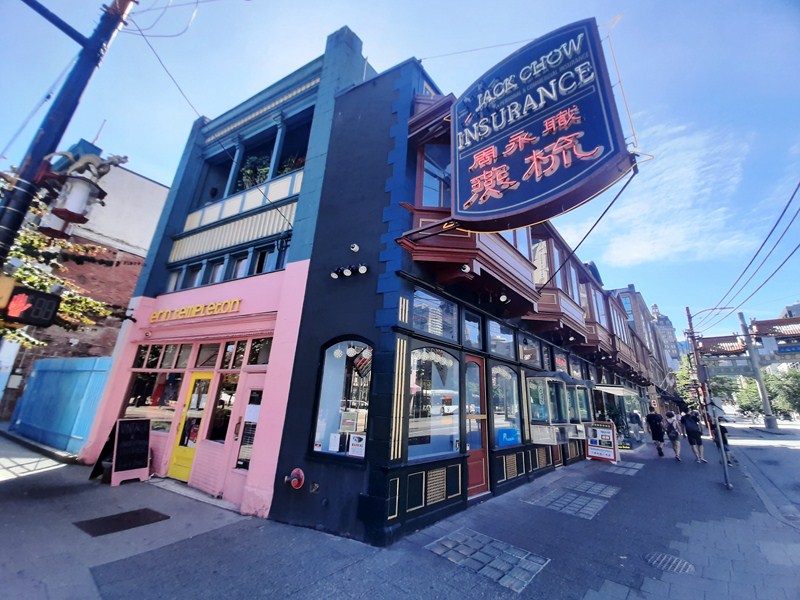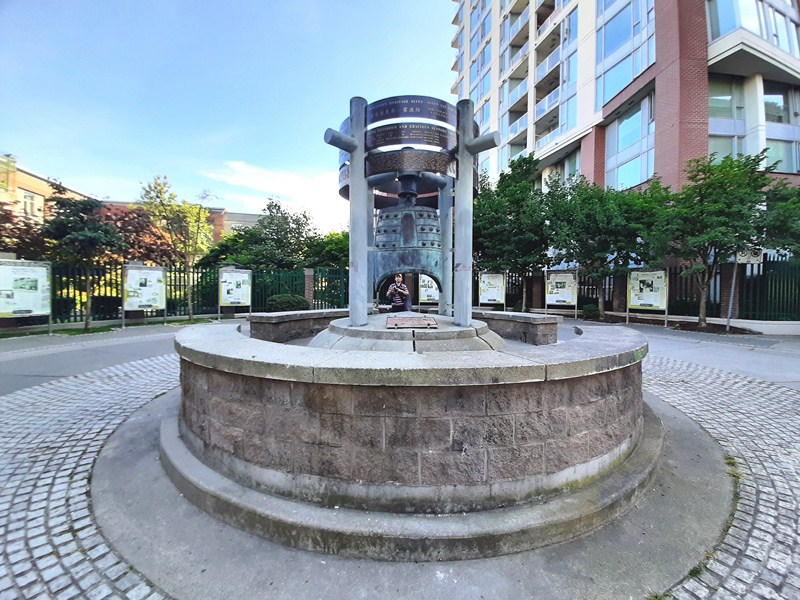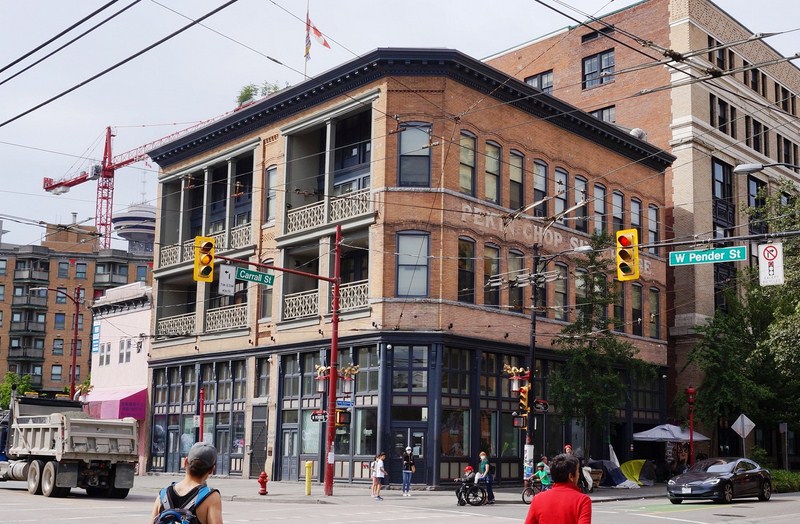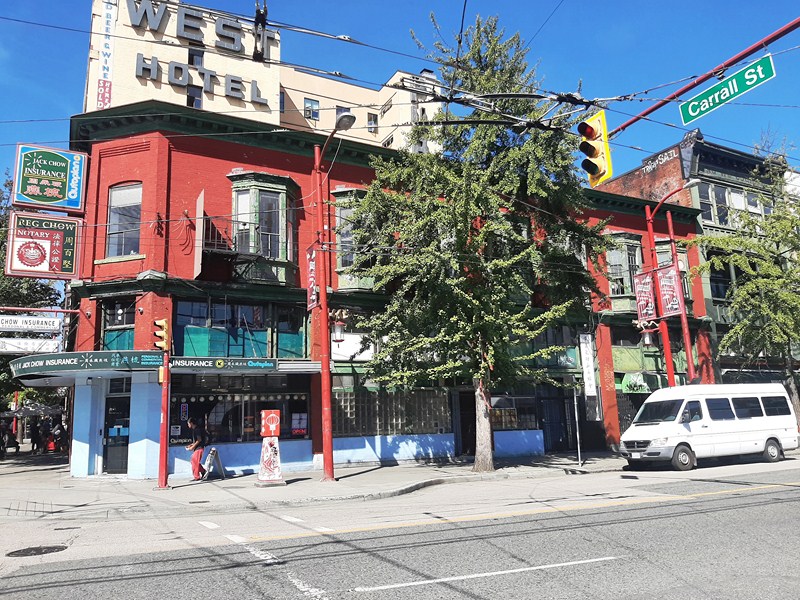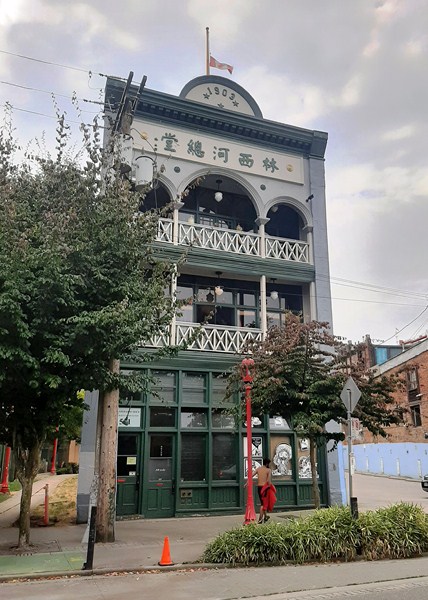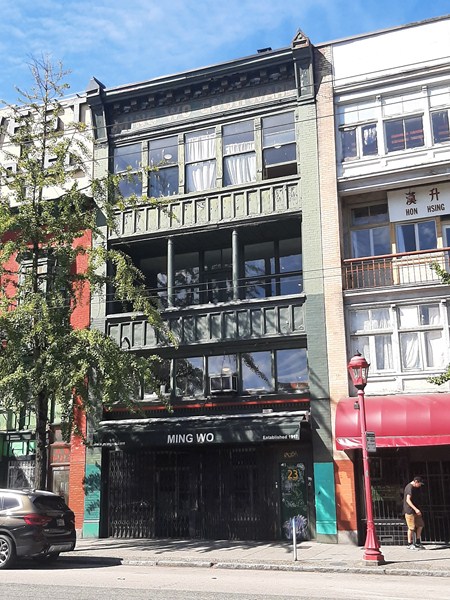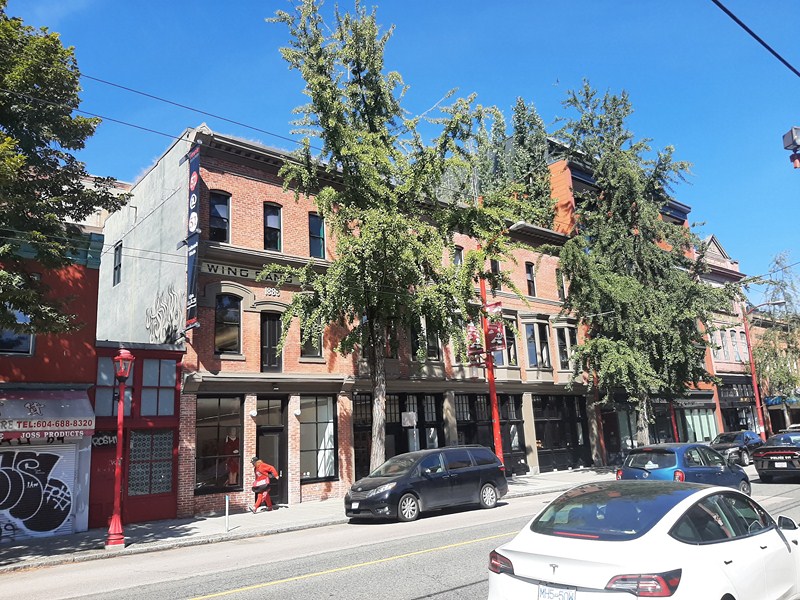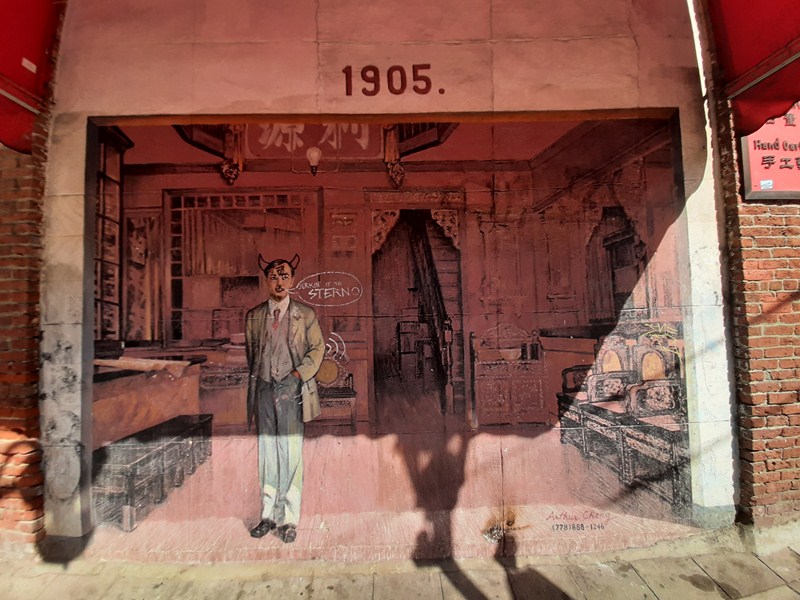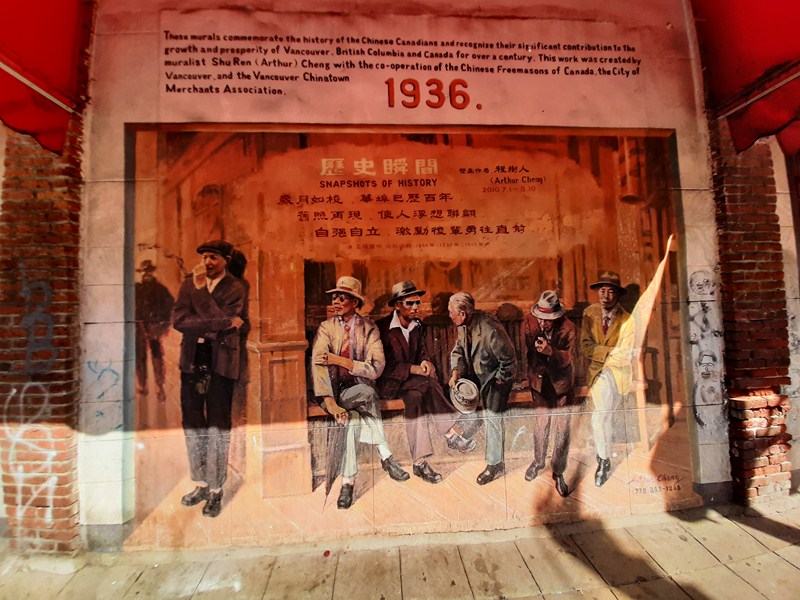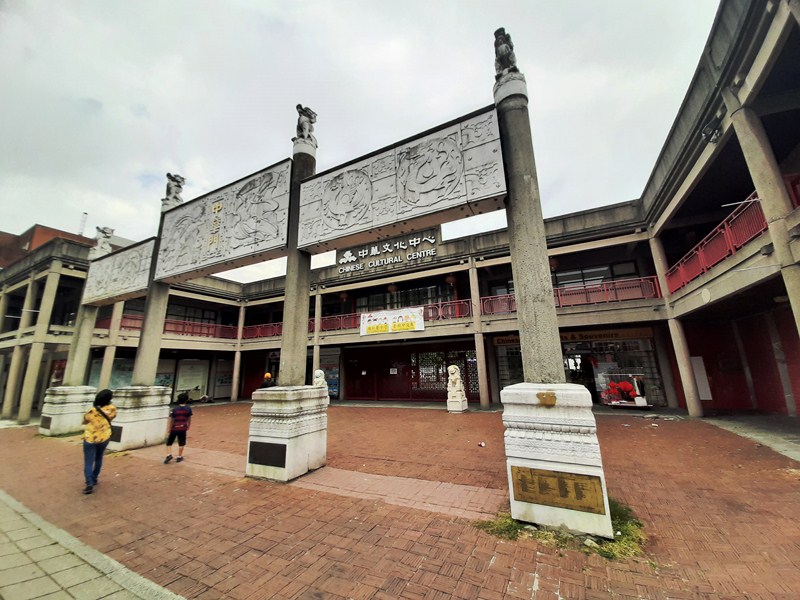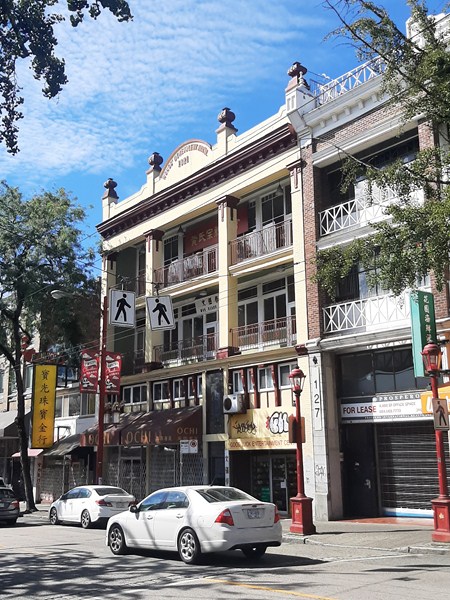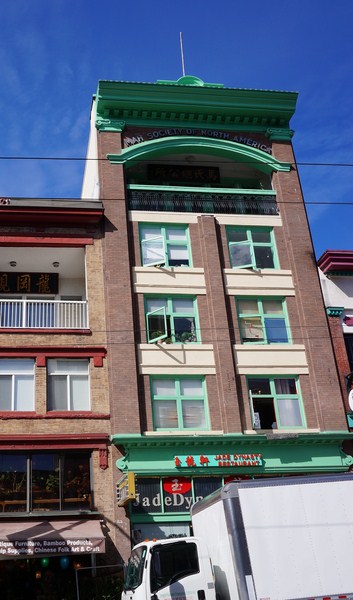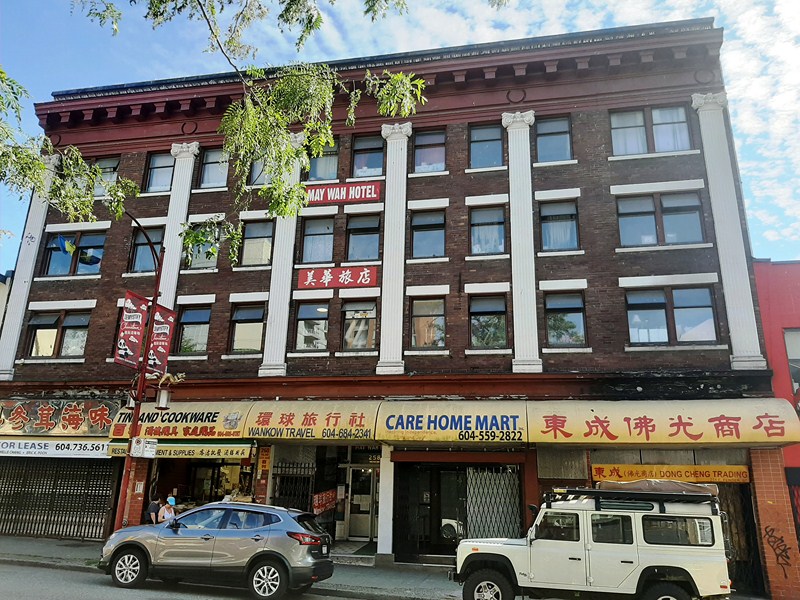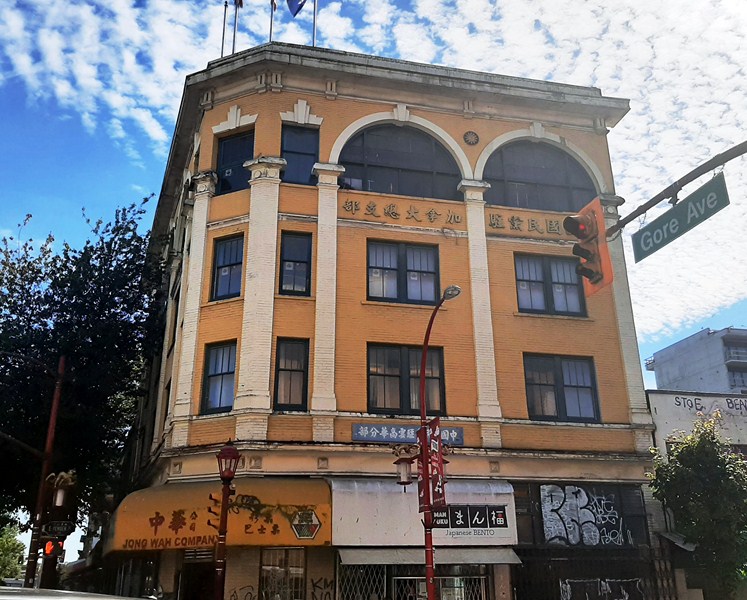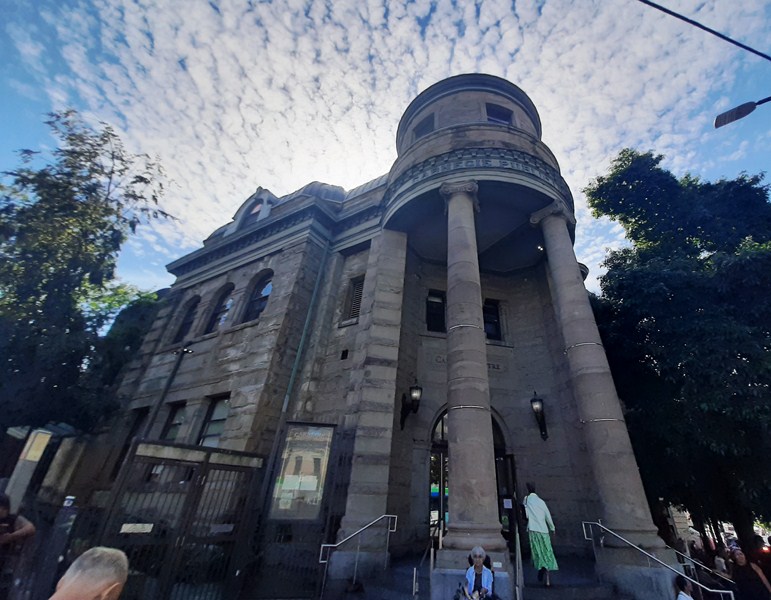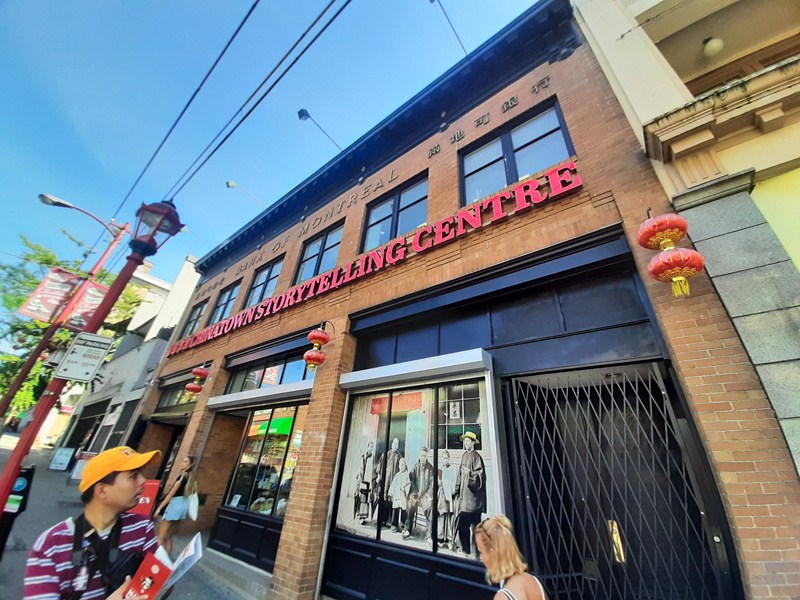Our second day in Scotland was to be spent touring the Scottish Highlands and, with our limited time, we wanted to fit in as much as possible by joining the 12.5-hour Hairy Coo Tour (£57 each). To secure the best seats (we were able to occupy the first four rows on the left side) in the airconditioned luxury coach, we arrived early (7:30 AM) at the assembly area outside Deacon’s House Café (304 Lawnmarket, Edinburgh) where we all met Mr. Michael Mitchell (AKA Mako), our Scottish tour guide and driver.
This was to be Michael’s last trip as he would leaving for Canada the next day to marry his girlfriend from Windsor, Ontario. We departed Edinburgh’s Old Town by 8 AM, traveling north towards the heart of Scotland’s central belt.
Half an hour into our trip, between the Scottish towns of Falkirk and Grangemouth, we passed by The Kelpies a pair of monumental 30 m. (98 ft.) high steel horse-heads, next to the M9 motorway, that form the eastern gateway of the Forth and Clyde Canal, which meets the River Carron.
The sculptures, which represent kelpies, were designed by sculptor Andy Scott and were completed in October 2013. An unveiling ceremony took place in April 2014. Around the sculptures is an area of parkland known as The Helix.
Throughout the long drive, Mark provided live commentary and storytelling. Passing by Sterling Castle, he enthralled us with tales of William Wallace and Robert the Bruce. He was also informative with regards Jacobite history. After an hour long, 86.7-km. drive, we had our first stopover of the day at the town of Callander, “The Gateway to the Highlands.”
Nestled at the foot of the Trossachs, it is the eastern gateway to the Loch Lomond and the Trossachs National Park, the first National Park in Scotland. Here, we bought breakfast of sandwiches and pastries at Mhor Bread & Store.
After breakfast, we again boarded our coach for the short 1.93-km. (5-min.) drive to Trossachs Woolen Mills, home to three beautiful, very hardy and gentle Highland Cows (the oldest cattle breed in the world) – Hamish Dubh (born in 2012), Honey (born in spring of 2011) and Holly (calf of Honey). Visitors are allowed to feed them from freshly-made goodie bags available in store.
Its Trossachs Visitor Centre sells a wonderful collection of Scottish and Highland Cow souvenirs and gifts to a wide range of fashion options from the iconic Harris Tweed collections and some of The Edinburgh Woolen Mill’s most sought after men’s and ladies wear collections including Country Rose, Isle, Honor Millburn, James Pringle and the luxurious Lochmere Cashmere. The coffee shop at the back serves breakfast until 11:30 AM, soups and sandwiches at lunchtime and afternoon teas.
Outside the store, we listened to a young man playing his bagpipes (the second time I’ve heard one play, the first being in Victoria, British Columbia in Canada) and dressed in traditional Scottish Highland attire (piper waistcoat, knee socks, sporran pouch, Glengarry hat and tartan kilt).
Mhor Bread & Store: 8 Main St, Callander FK17 8BB, United Kingdom. Tel +44 1877 339518. E-mail bread@mhor.net. Open daily, 8 AM to 4 PM (% PM on Saturdays and Sundays).
Trossachs Woolen Mills: Kilmahog, Callander FK17 8HD, United Kingdom. Tel: +44 1877 330178. Website: www.trossachswoolenmill.co.uk. Open Mondays to Fridays, 9 AM to 5:30 PM; Saturdays, 9 AM to 6 PM; and Sundays, 10 AM to 6 PM
The Hairy Coo: Suites 6 & 7, Administrative Office Only, St. John’s Studios, 46A Constitution St., Leith, Edinburgh EH6 6RS, United Kingdom. Tel: +44 131 212 5026. E-mail: contact@thehairycoo.com. Website: www.thehairycoo.com.
How to Get There: Callander is located 85 kms. (a 1-hour and 22 min. drive via M9) from Edinburgh and 41.5 kms. (a 55-min. drive via M80) from Glasgow.



